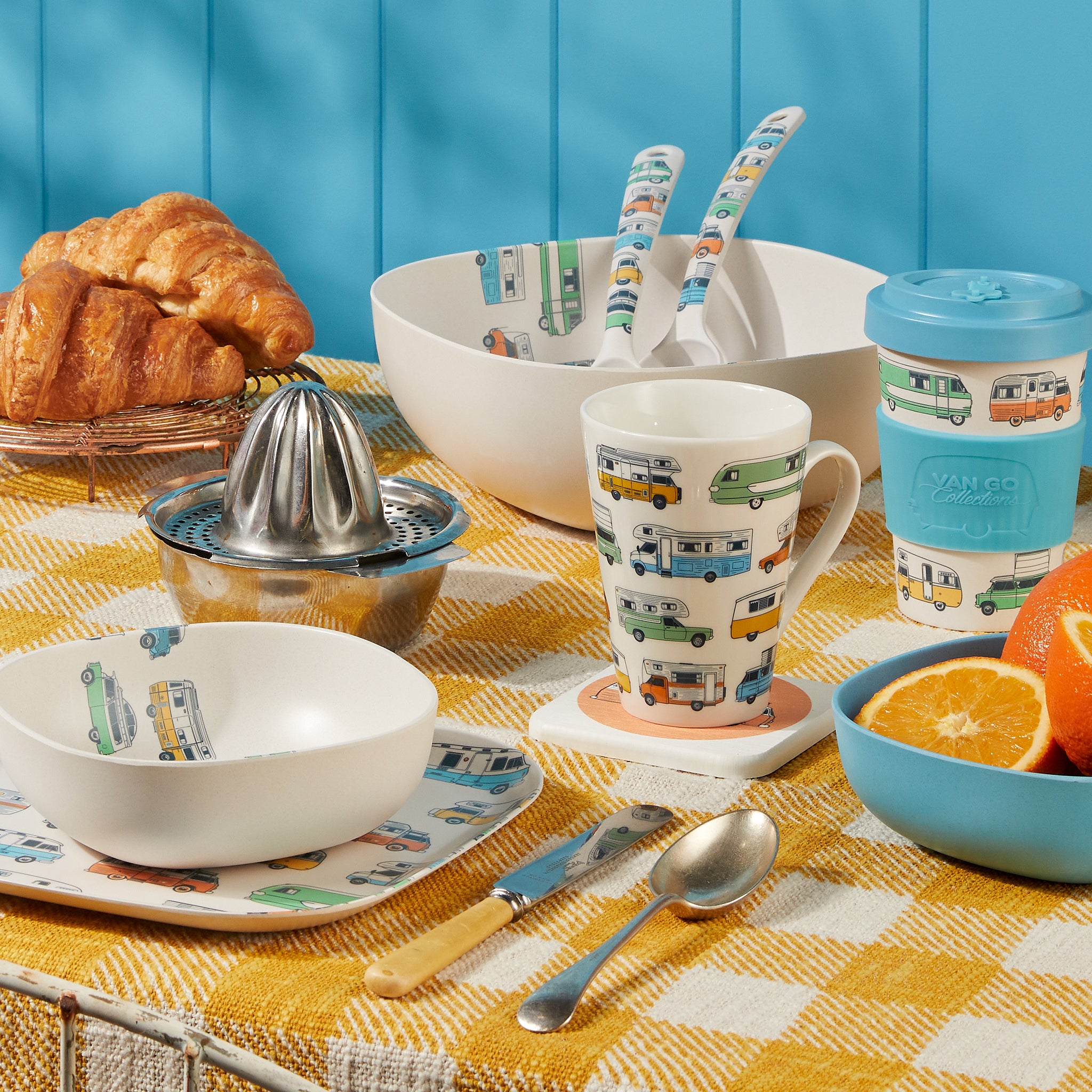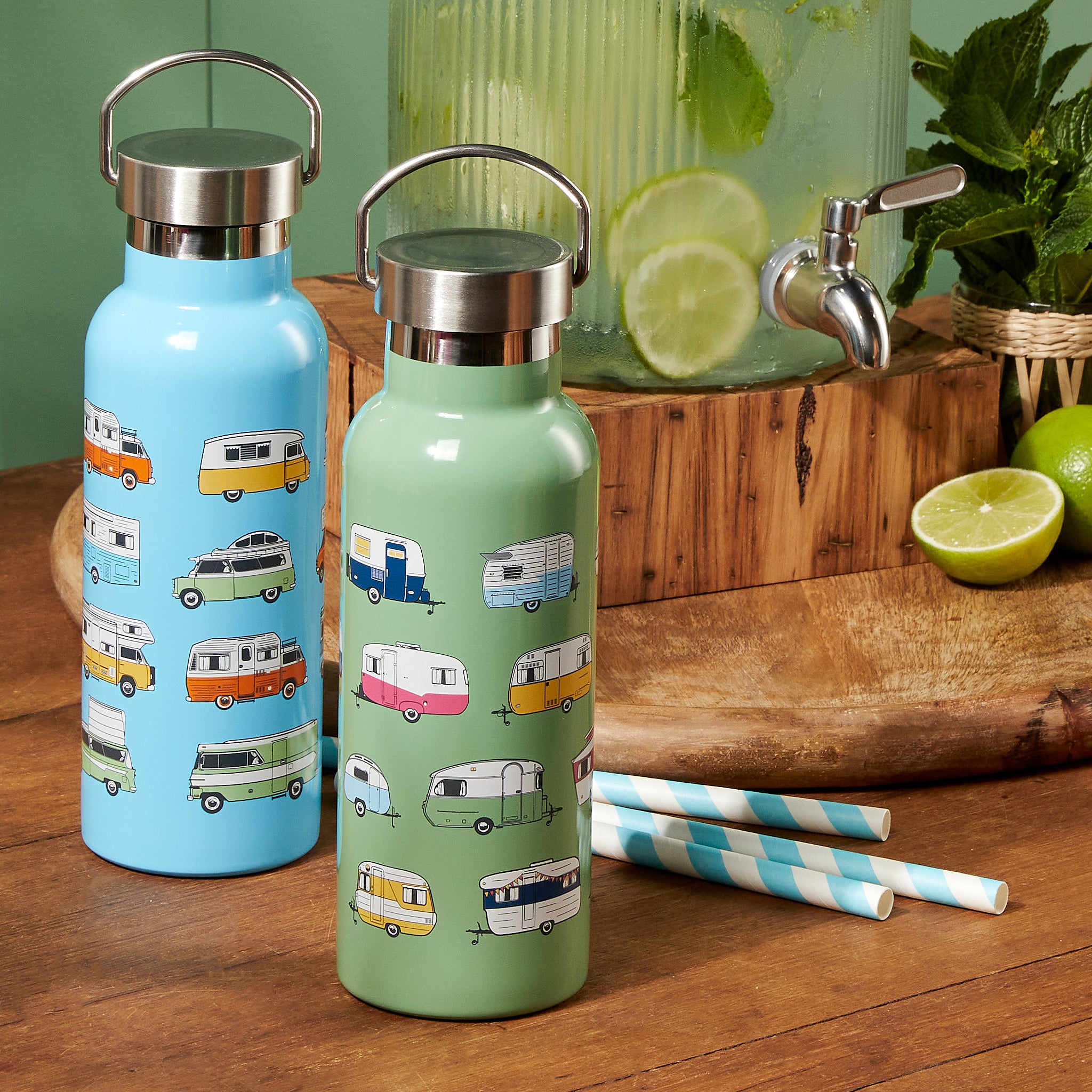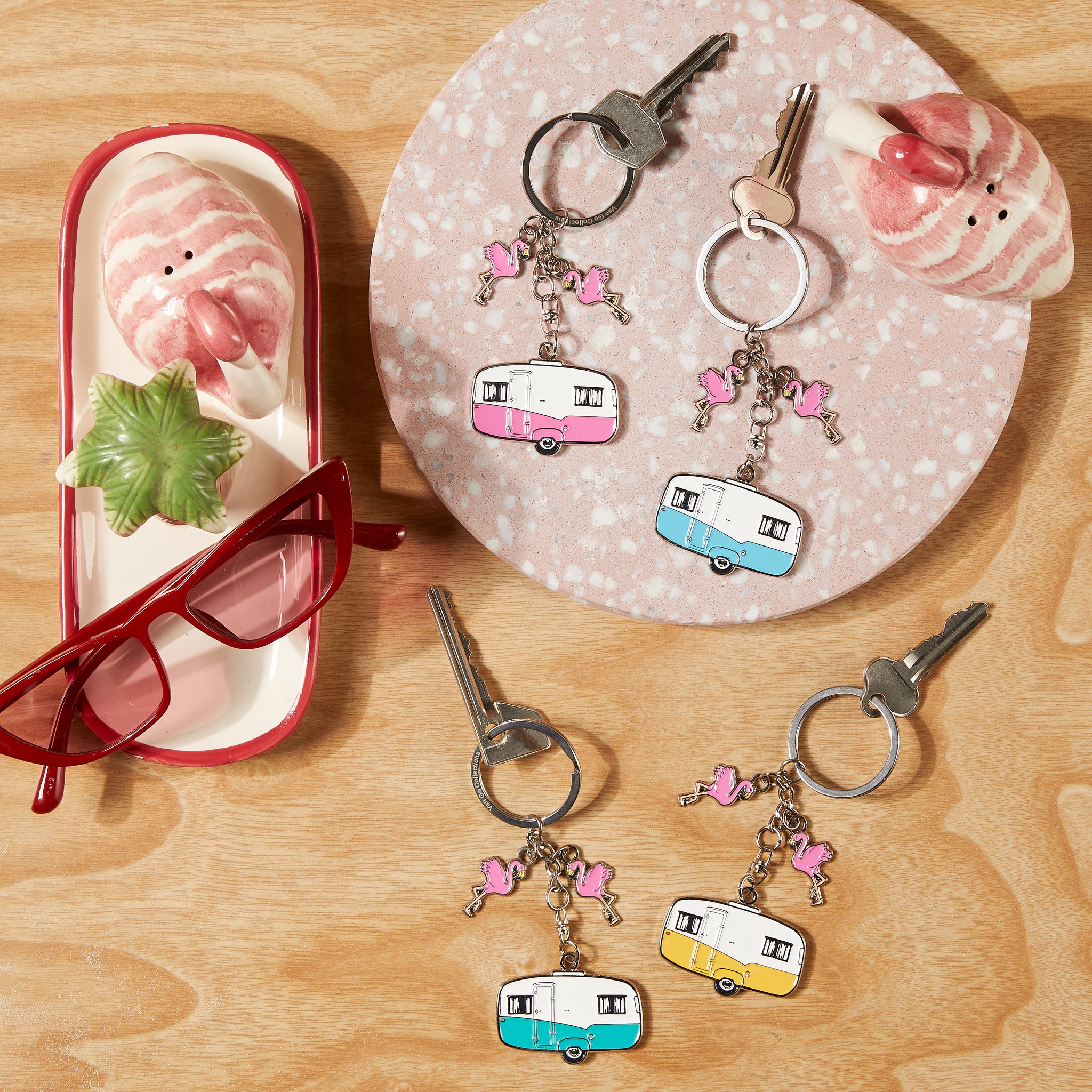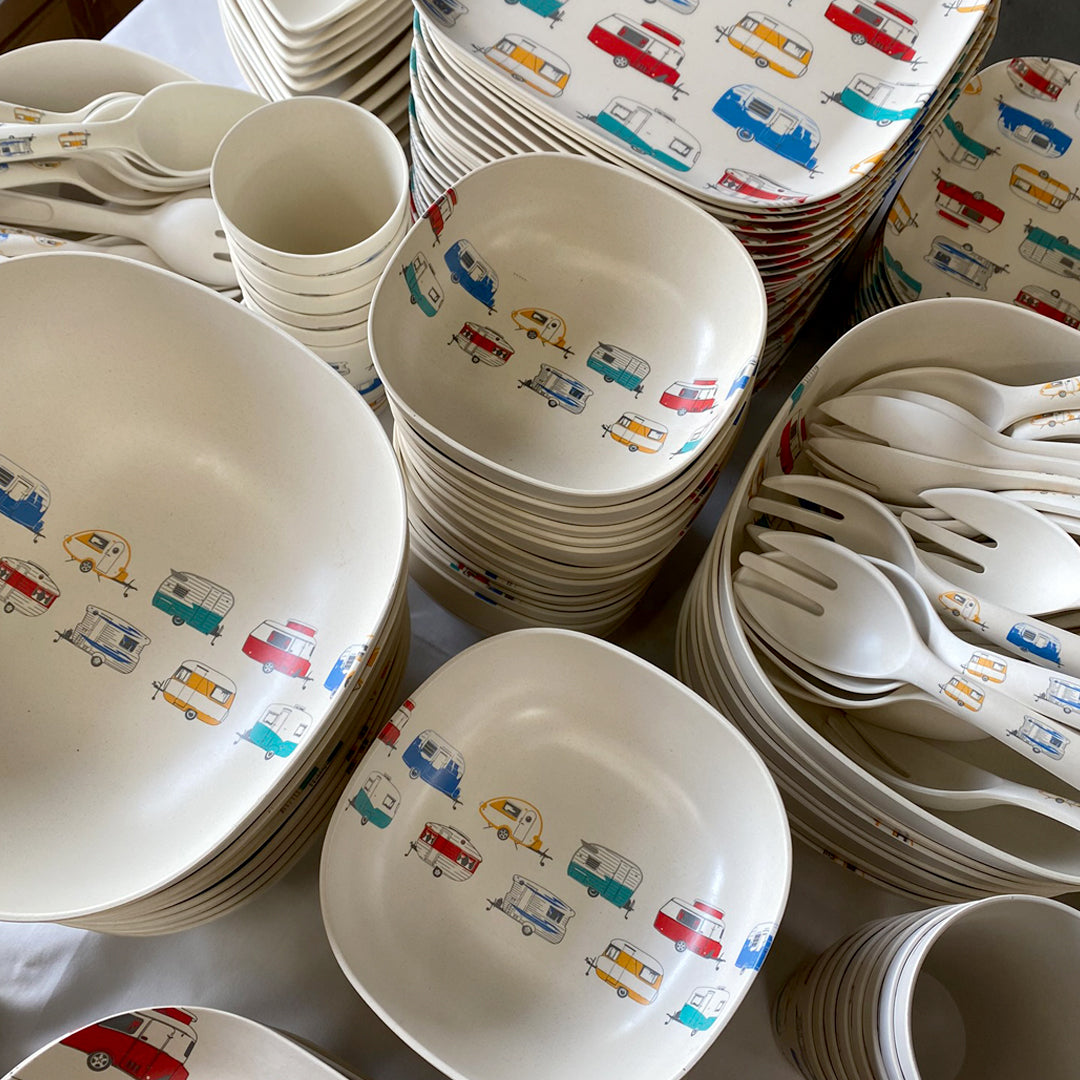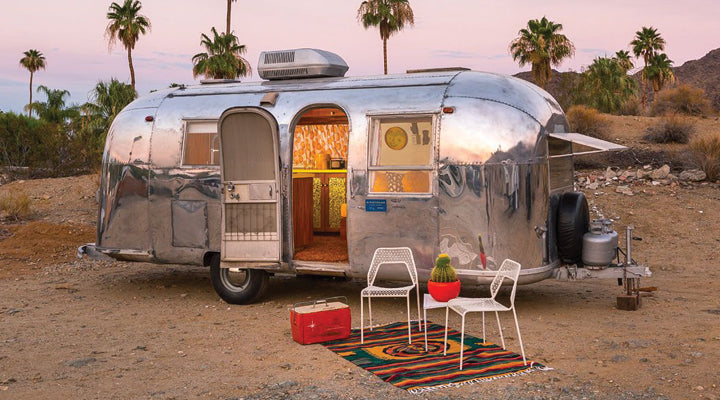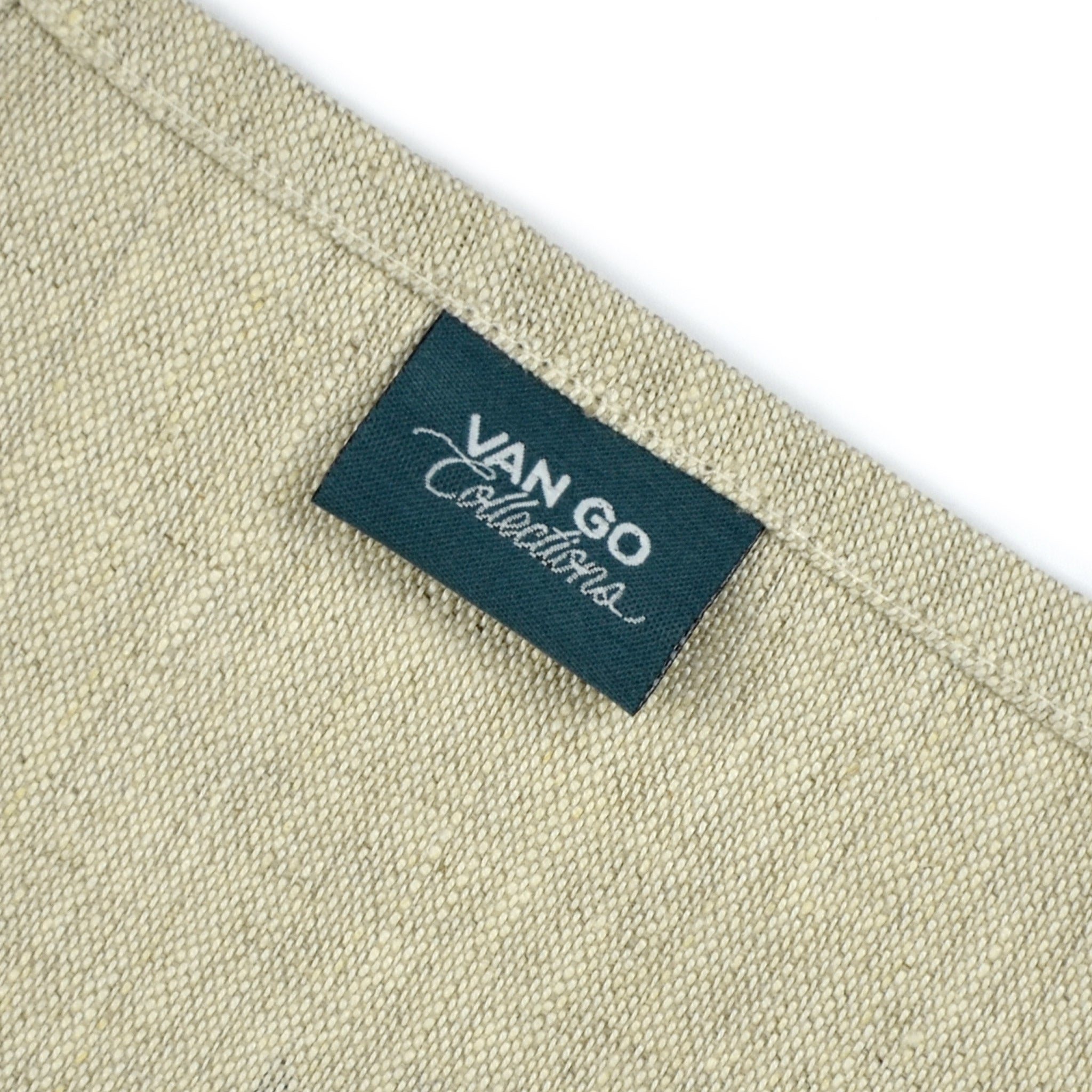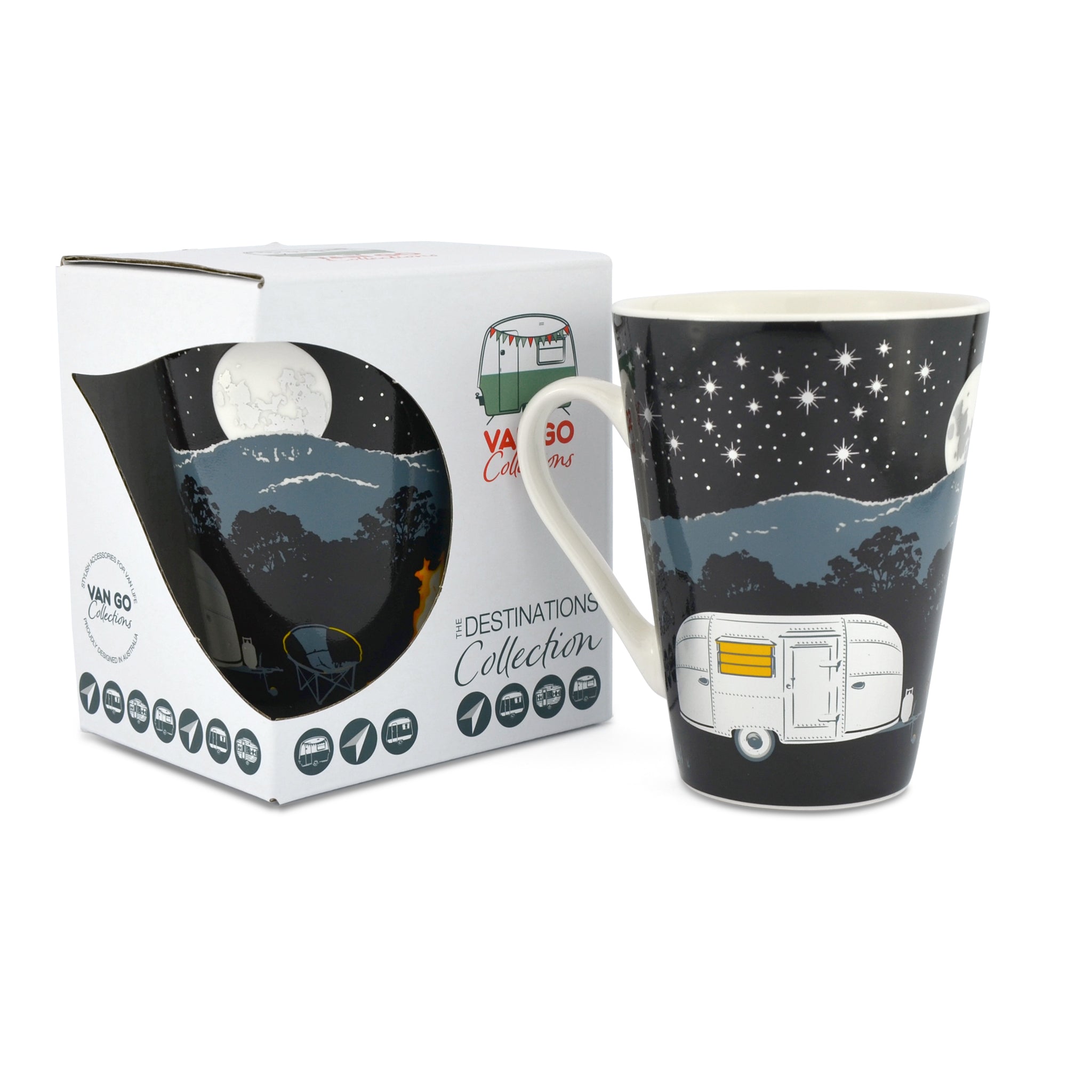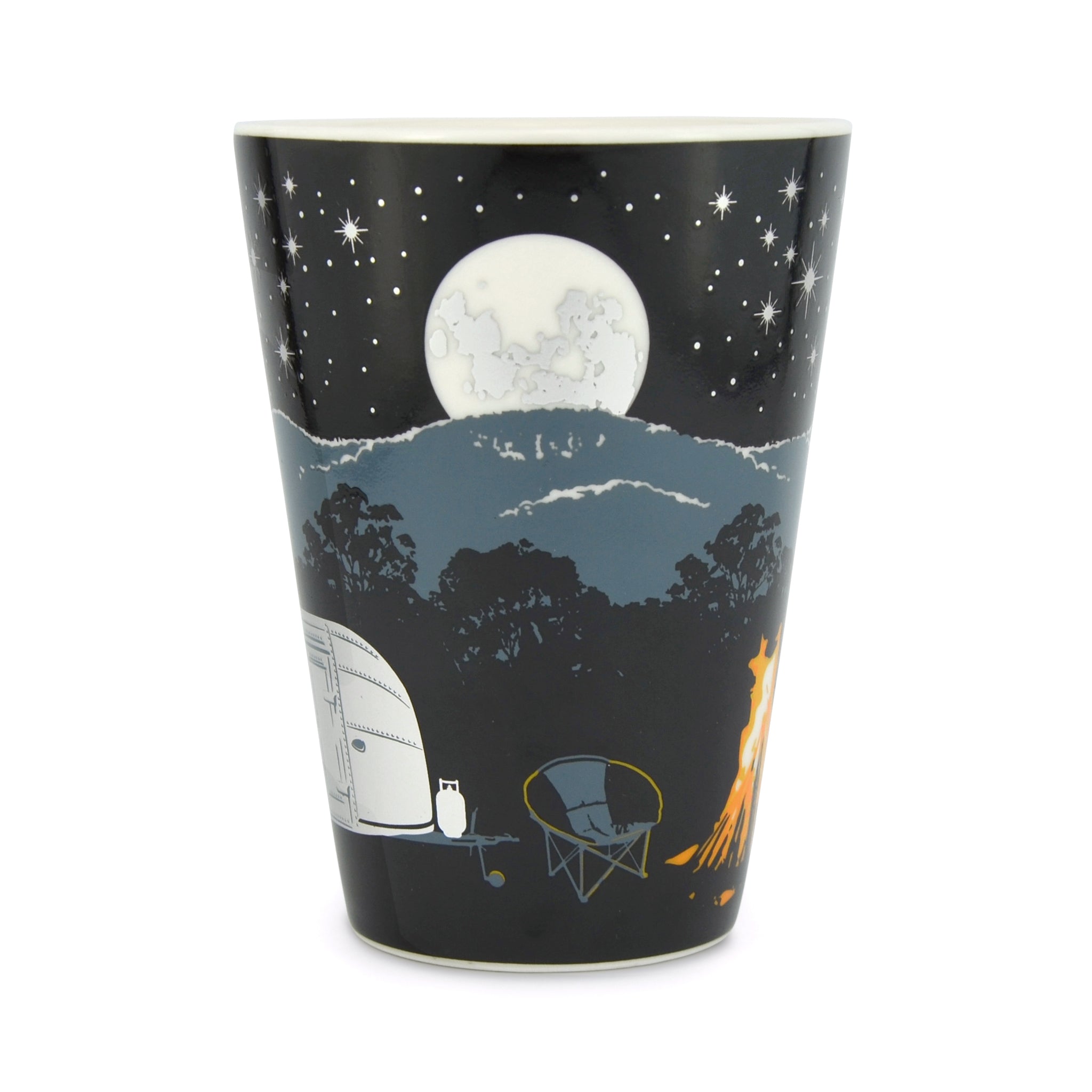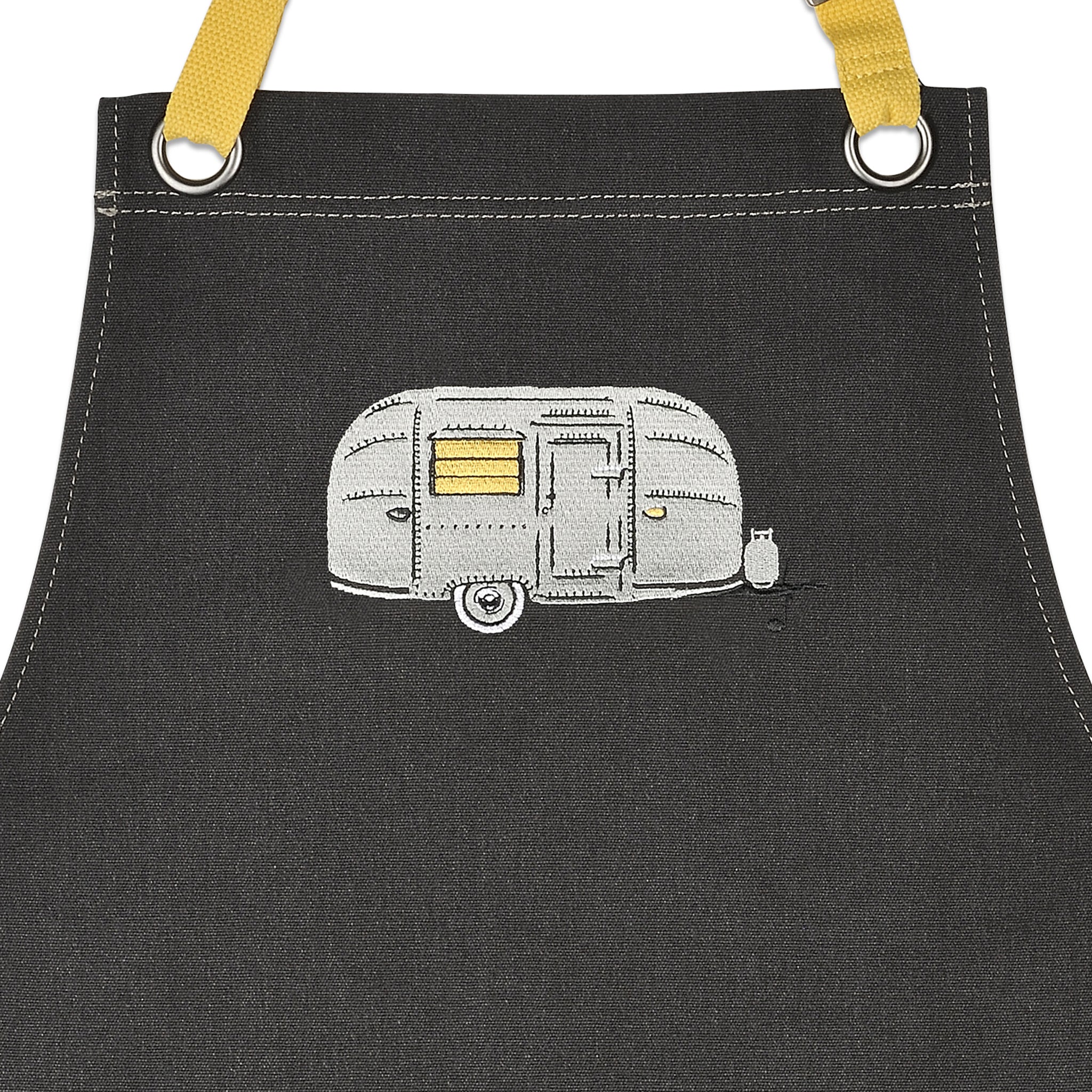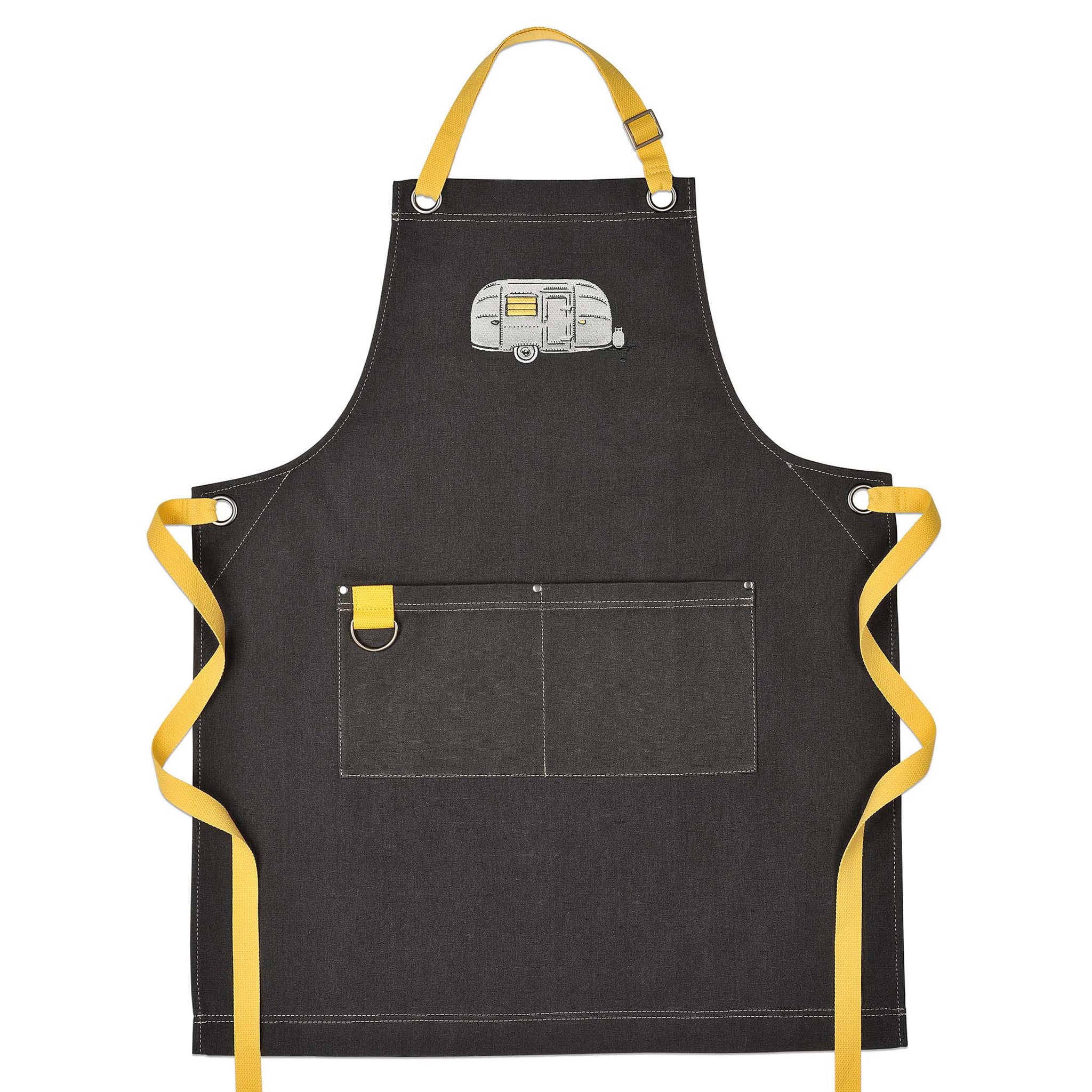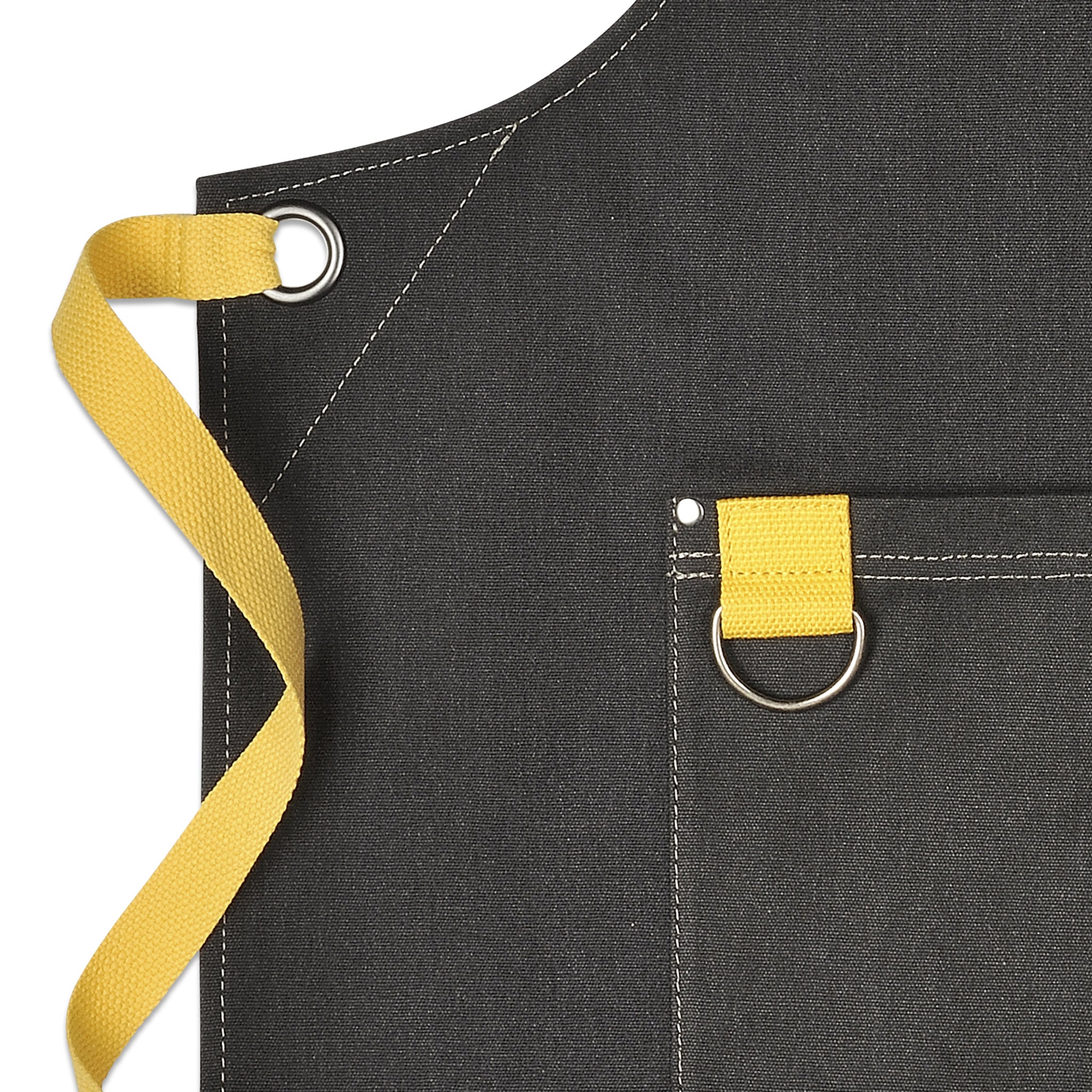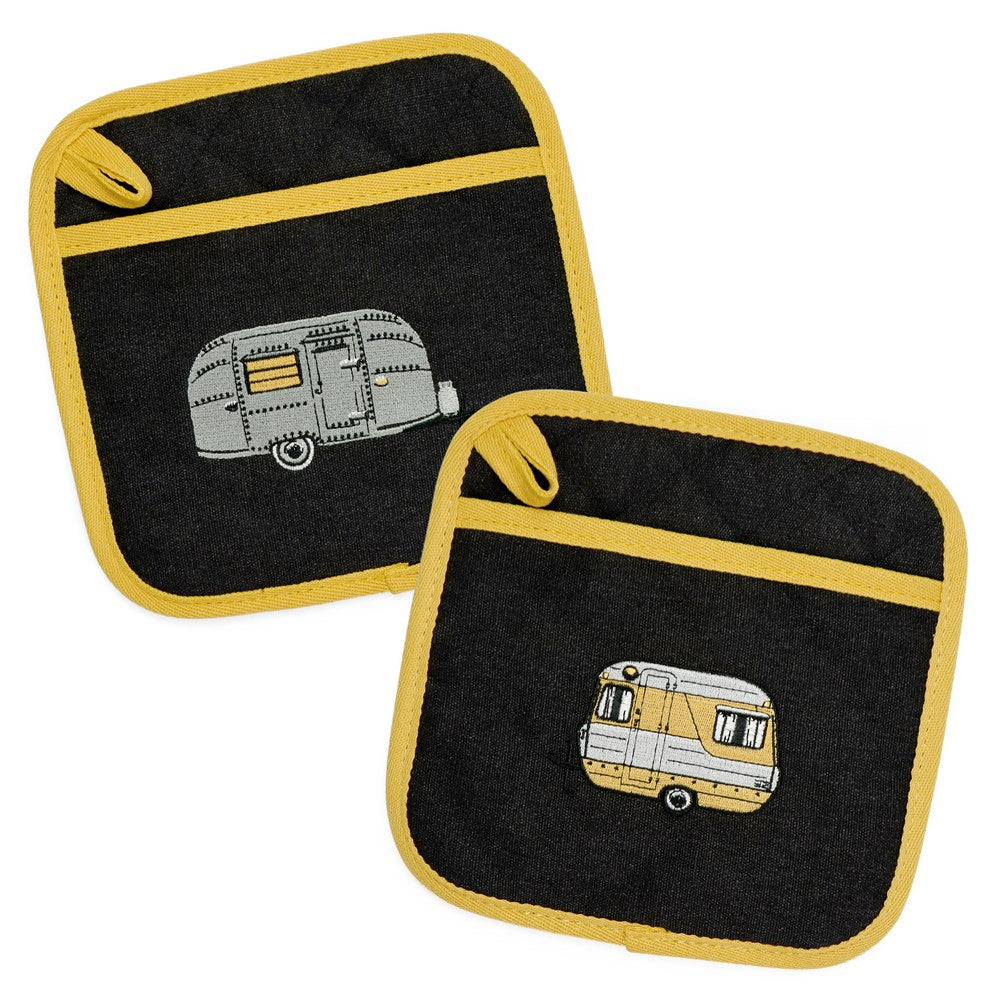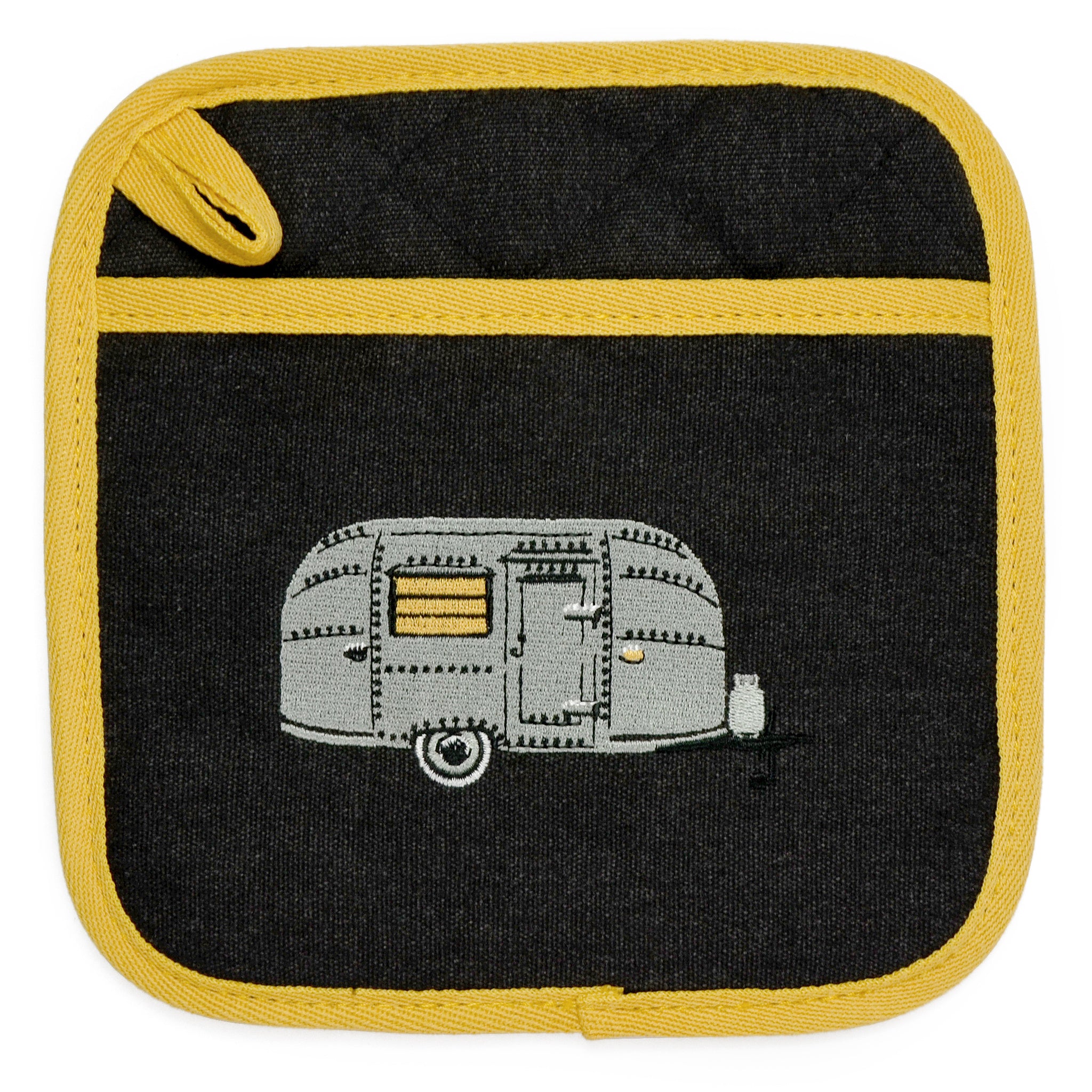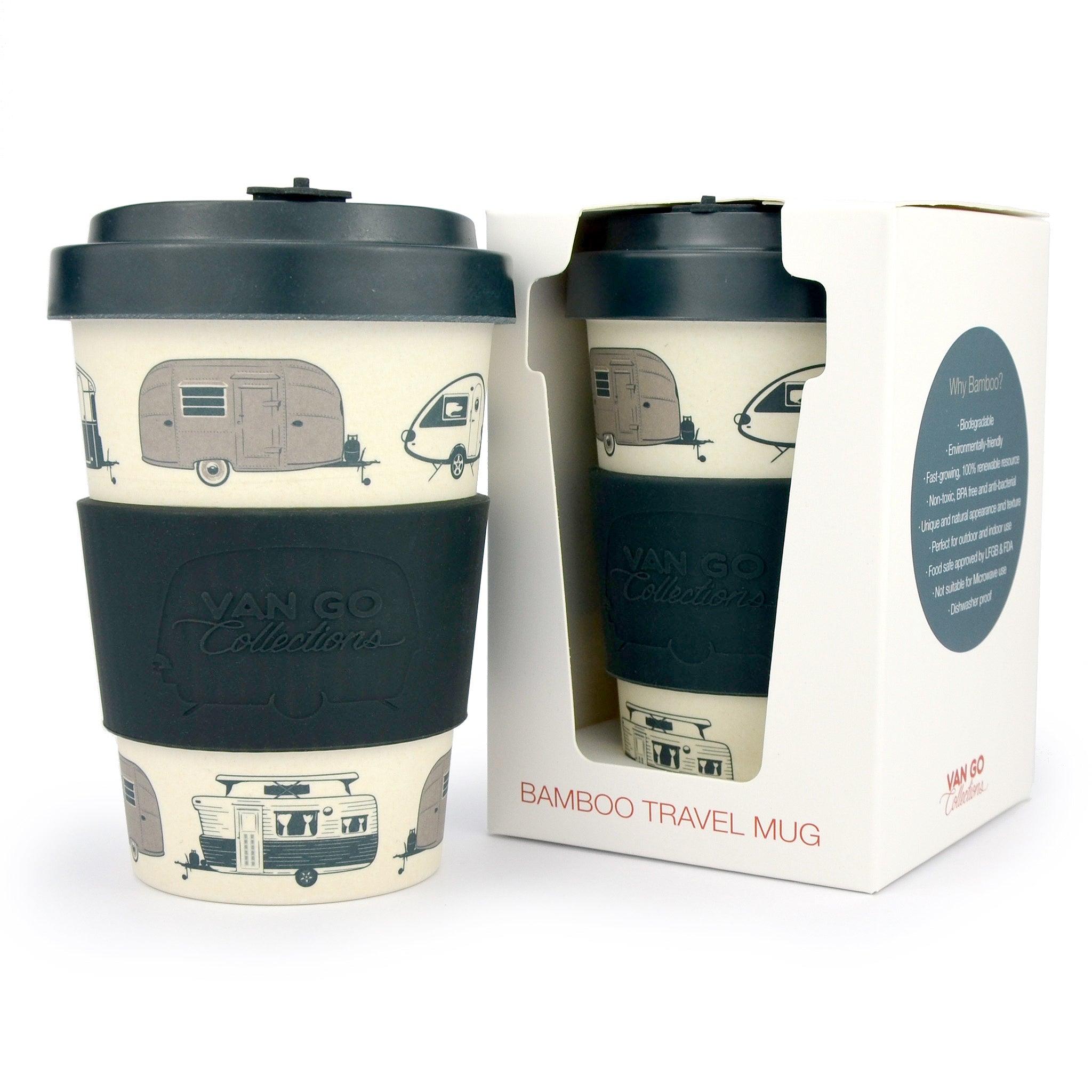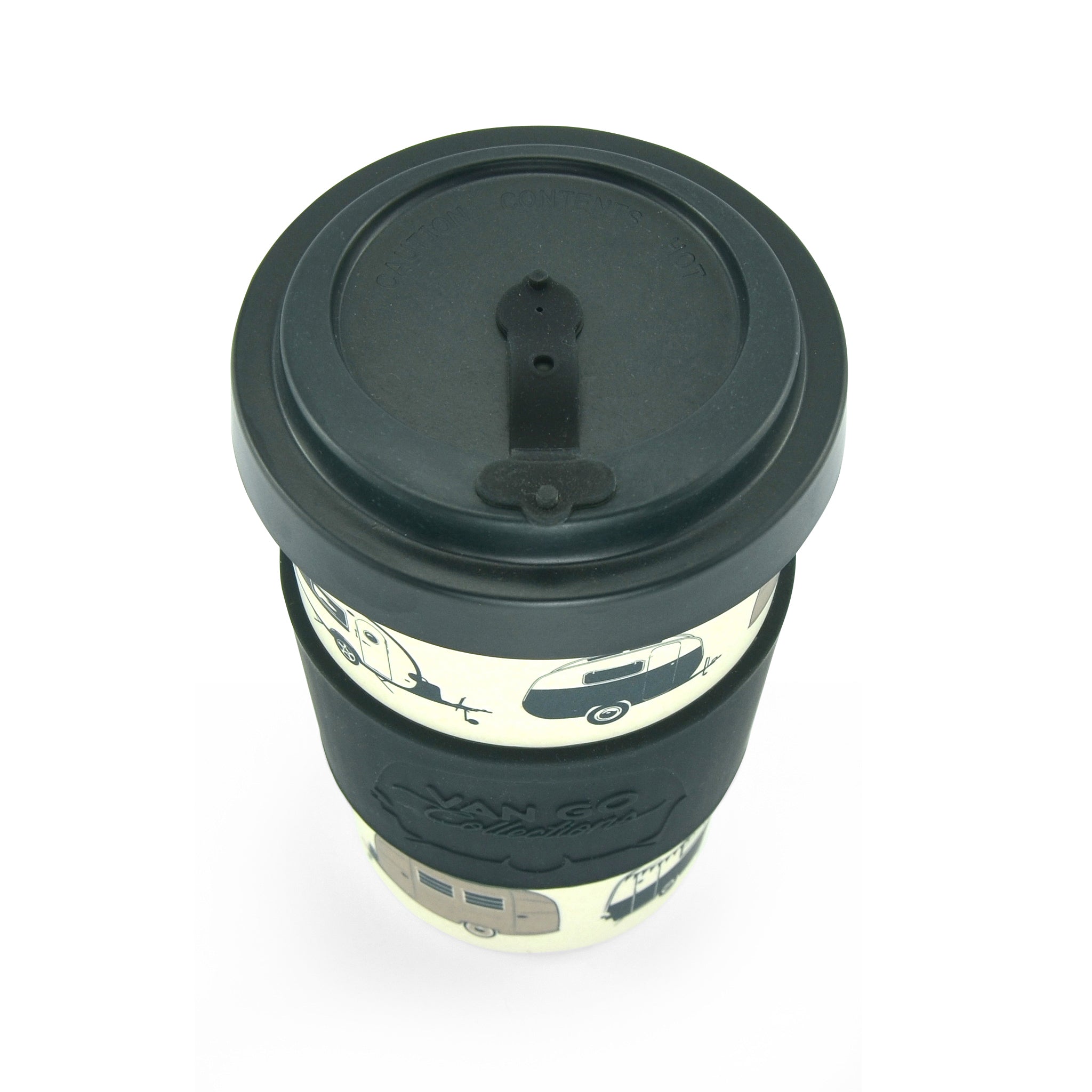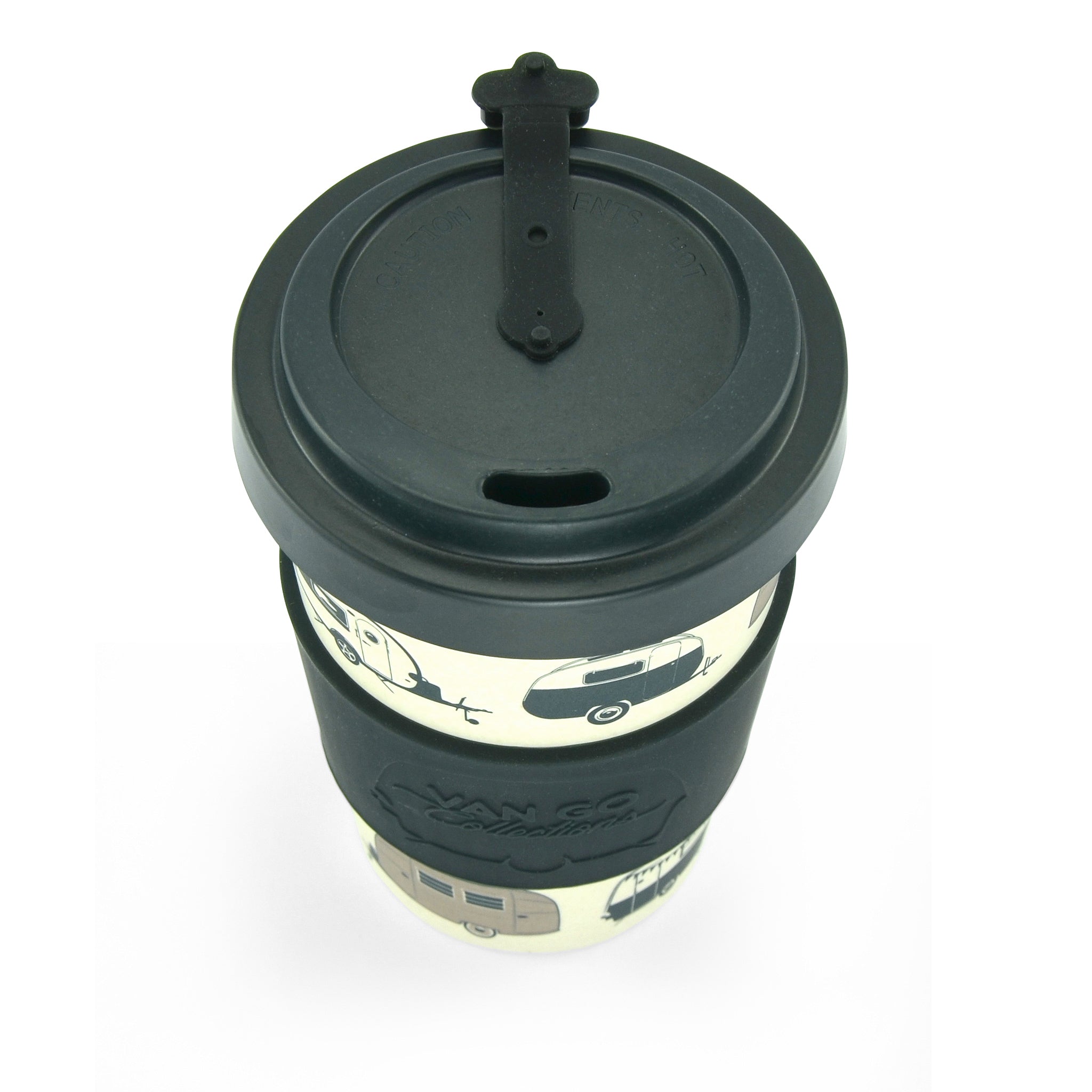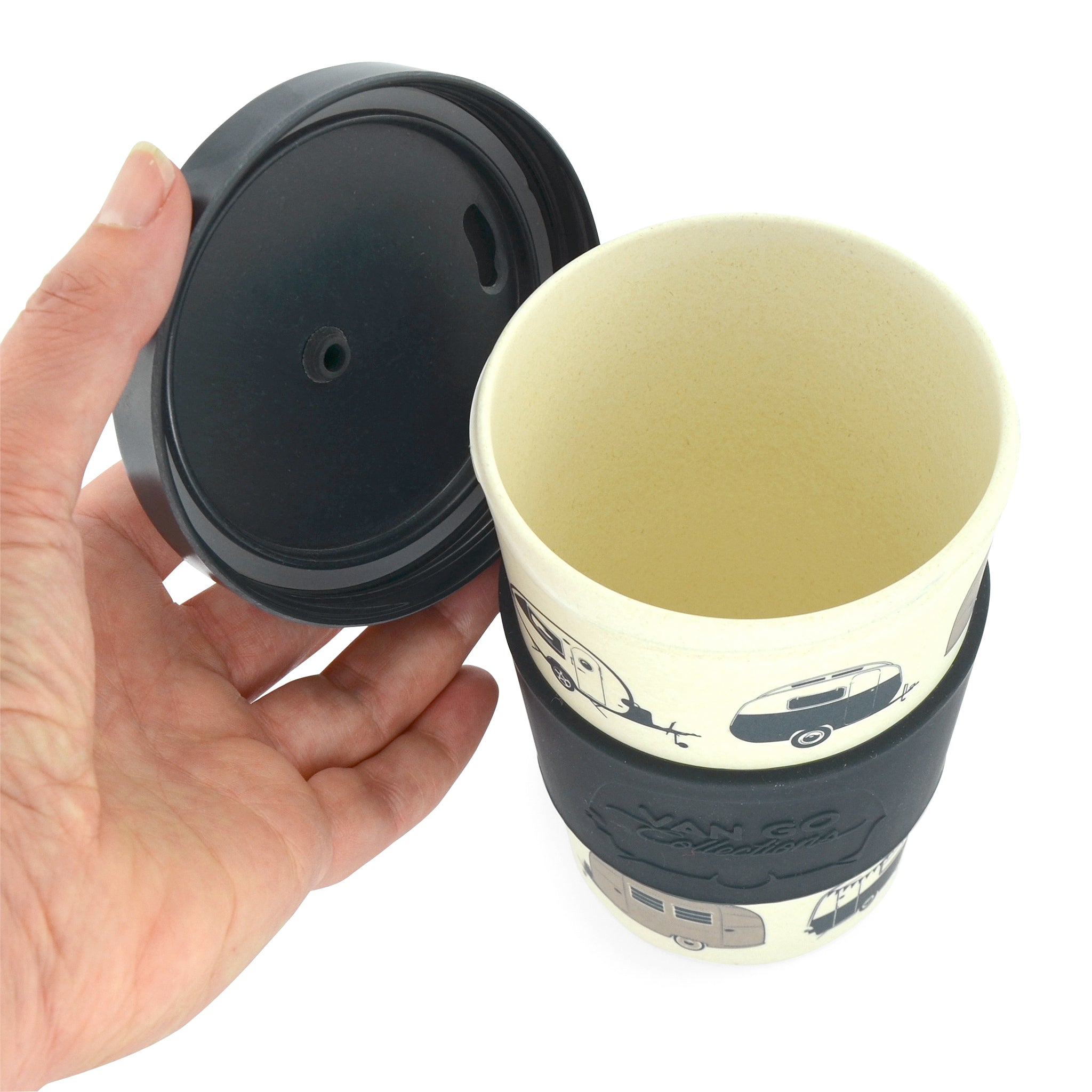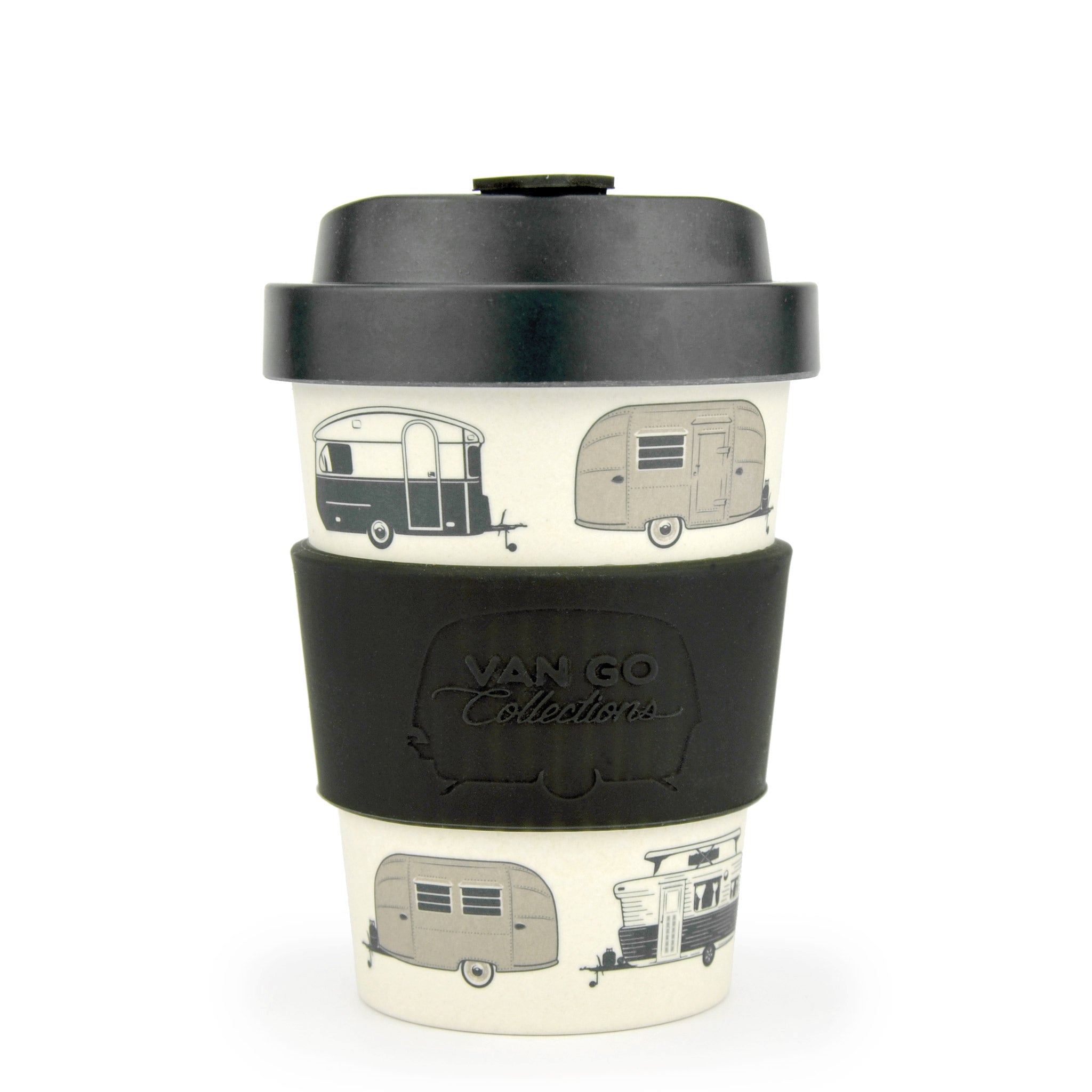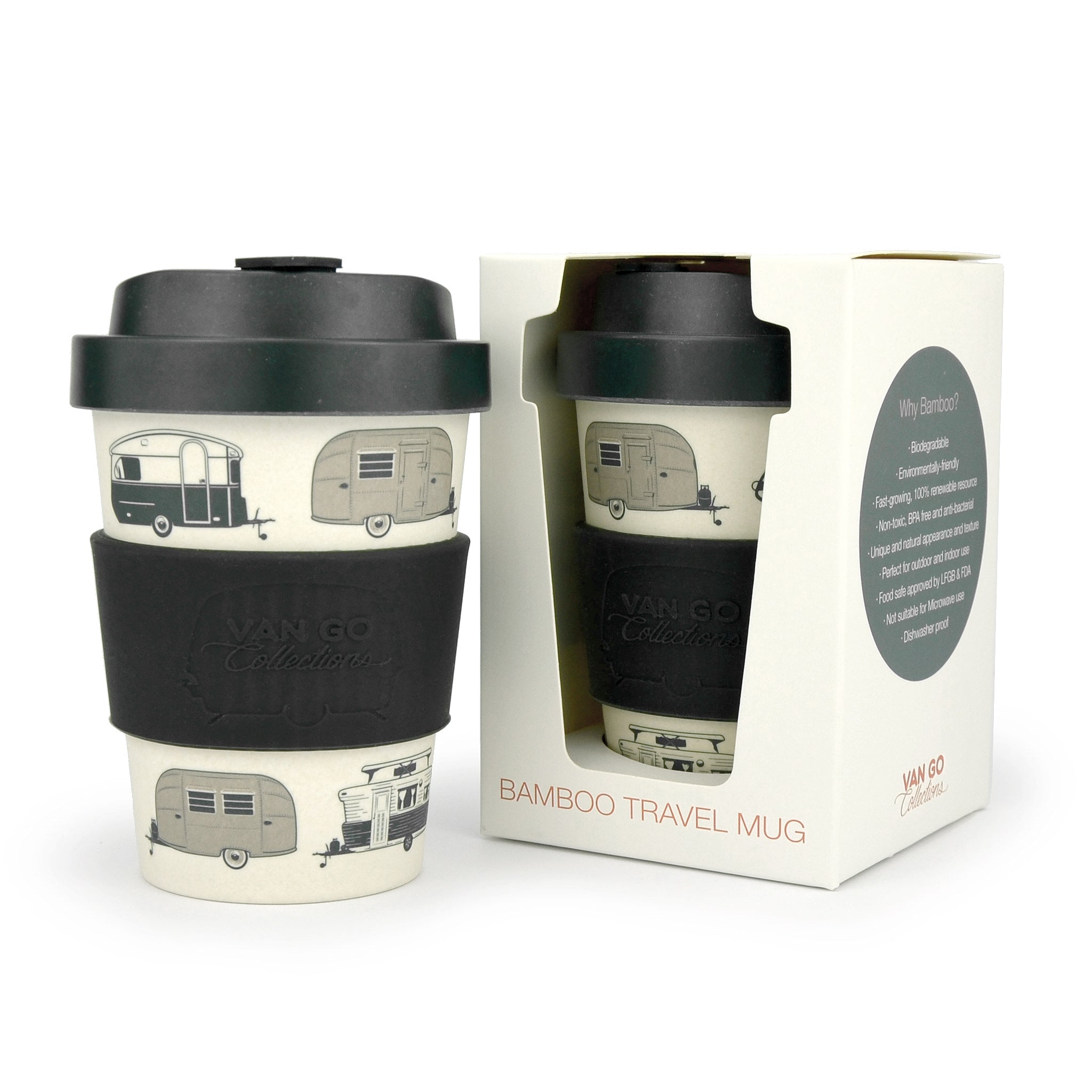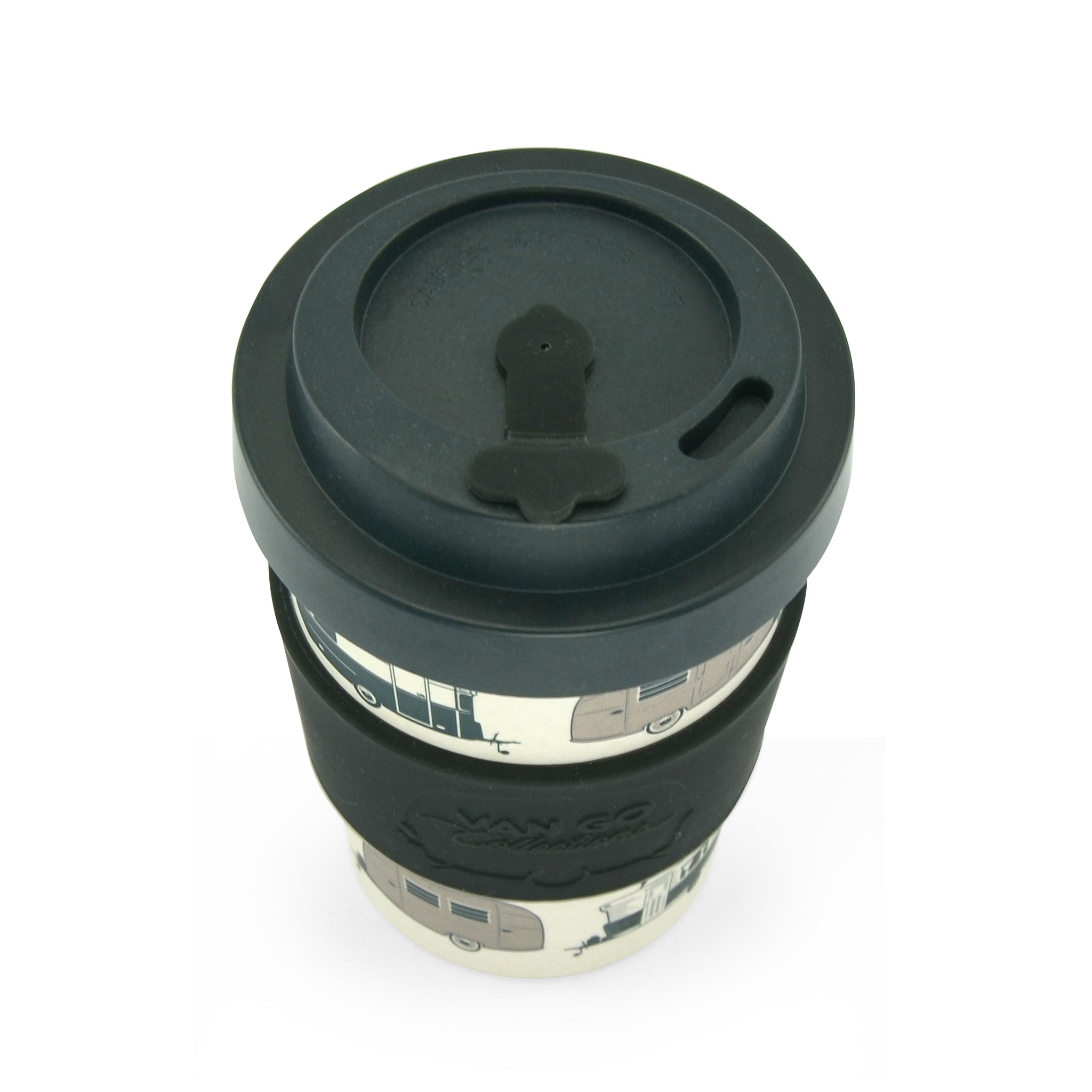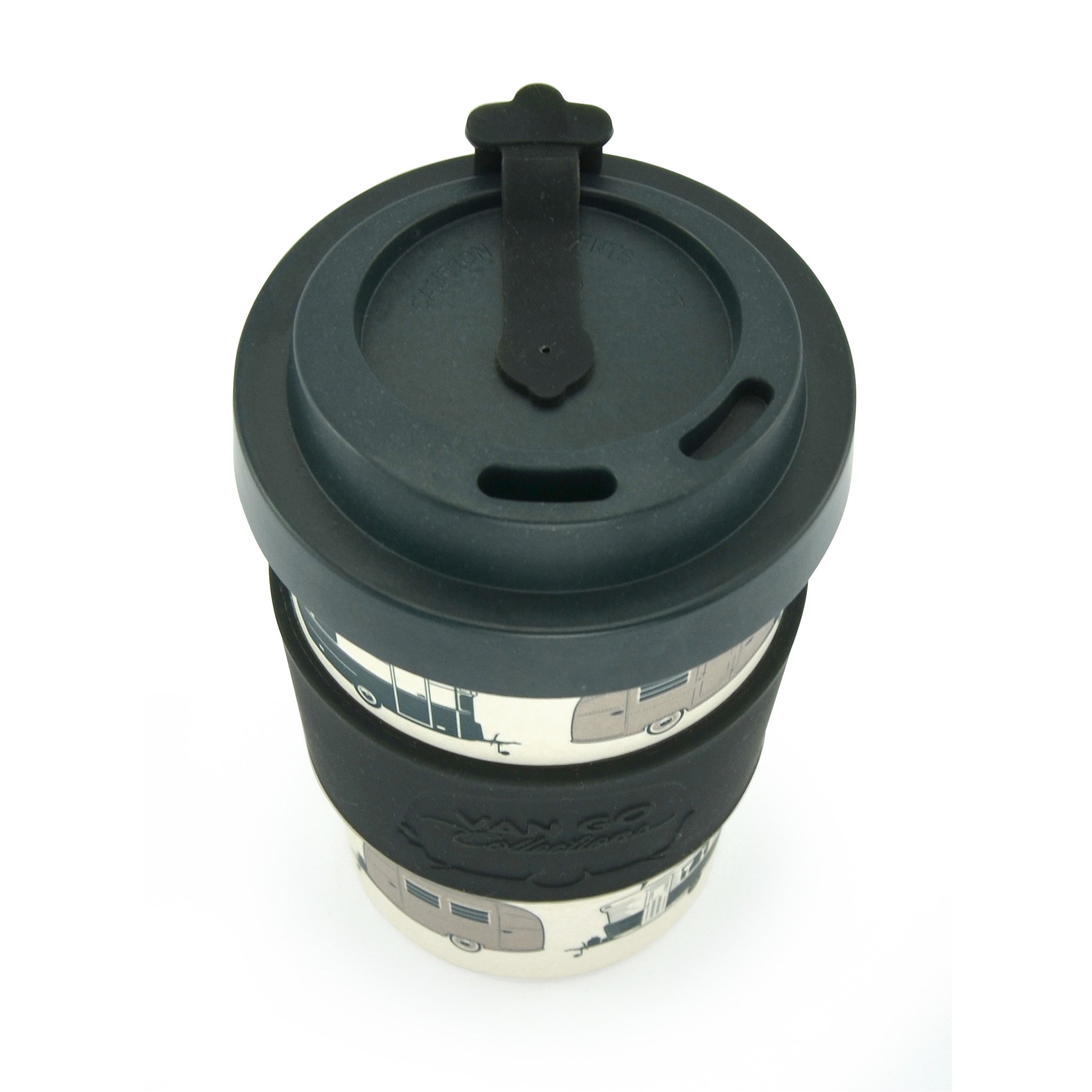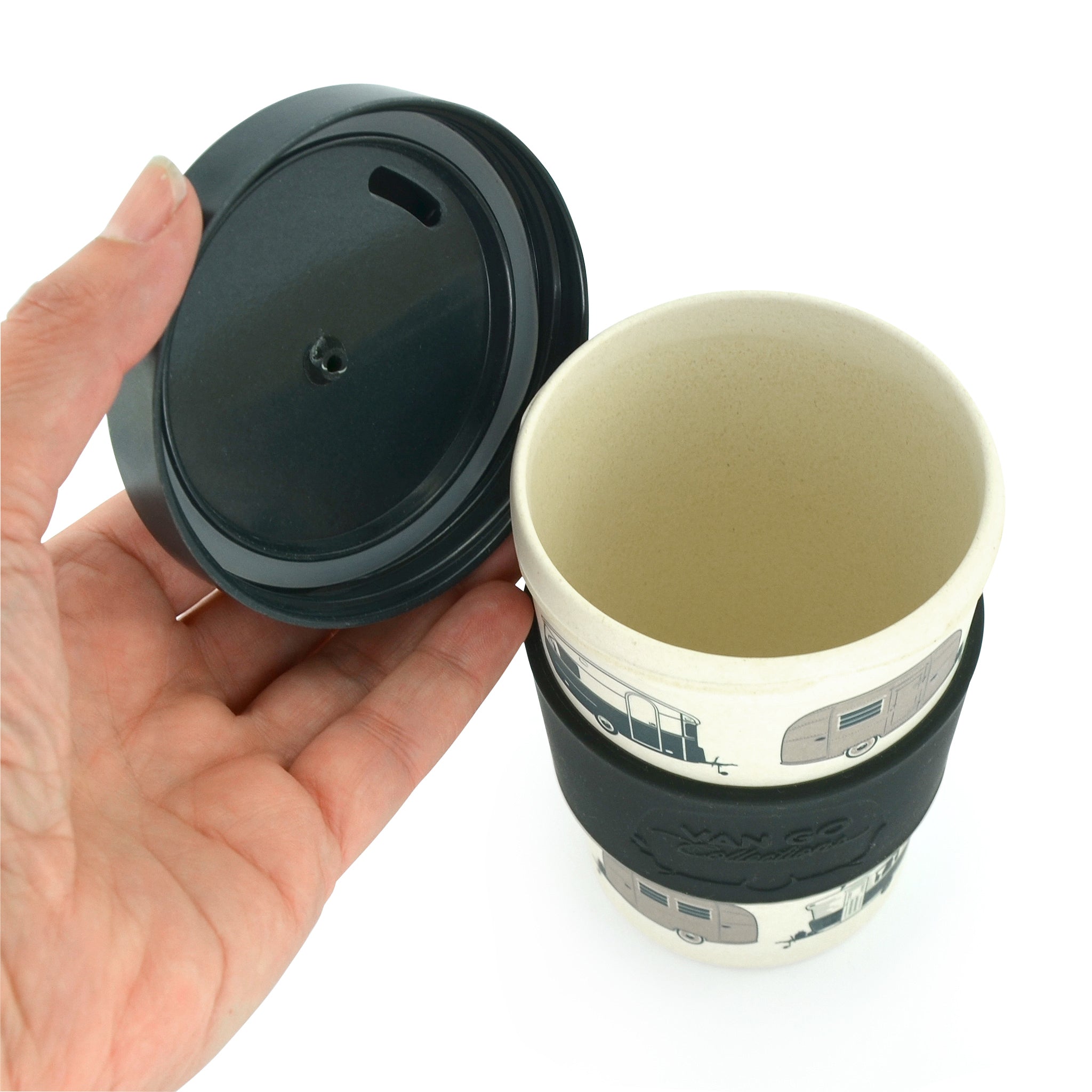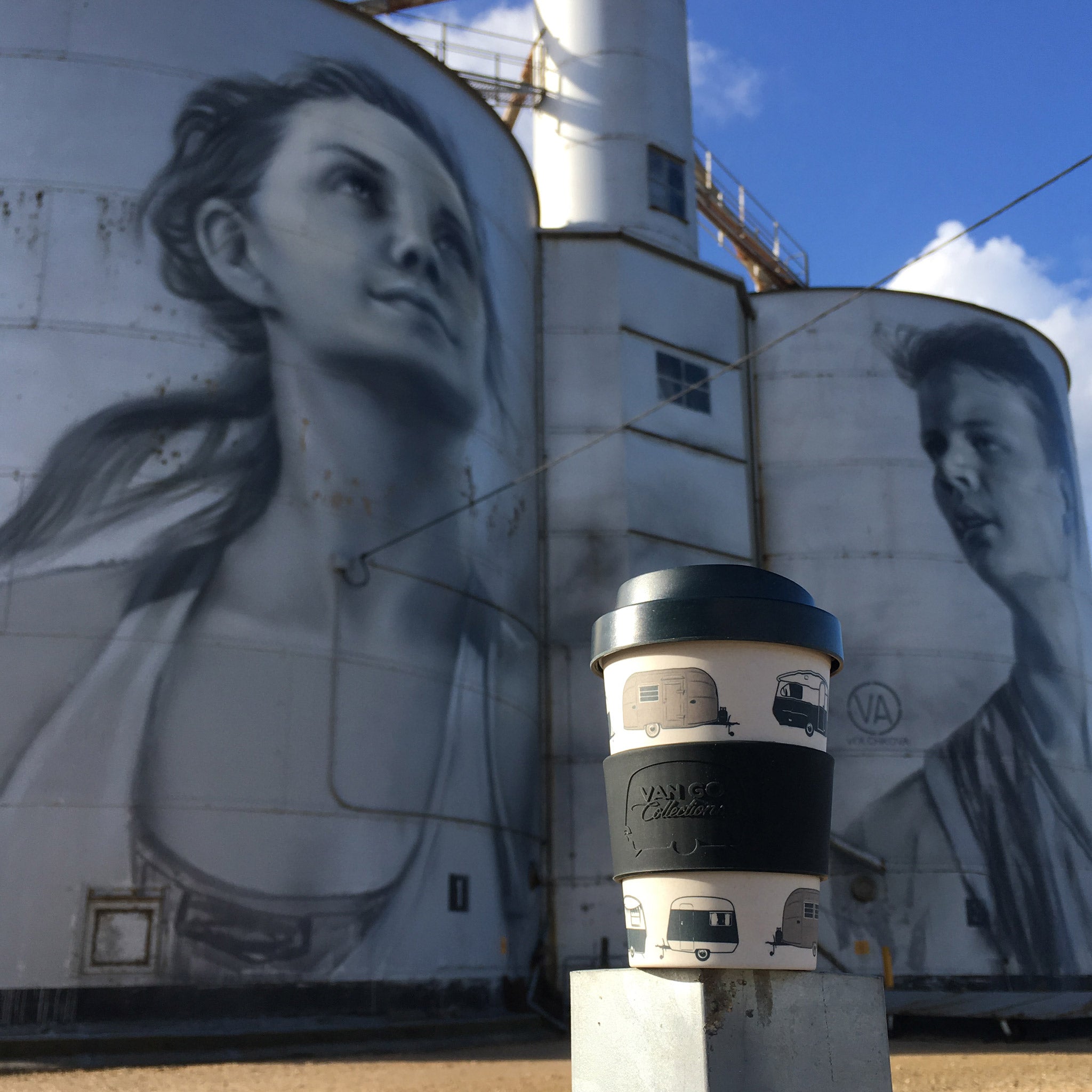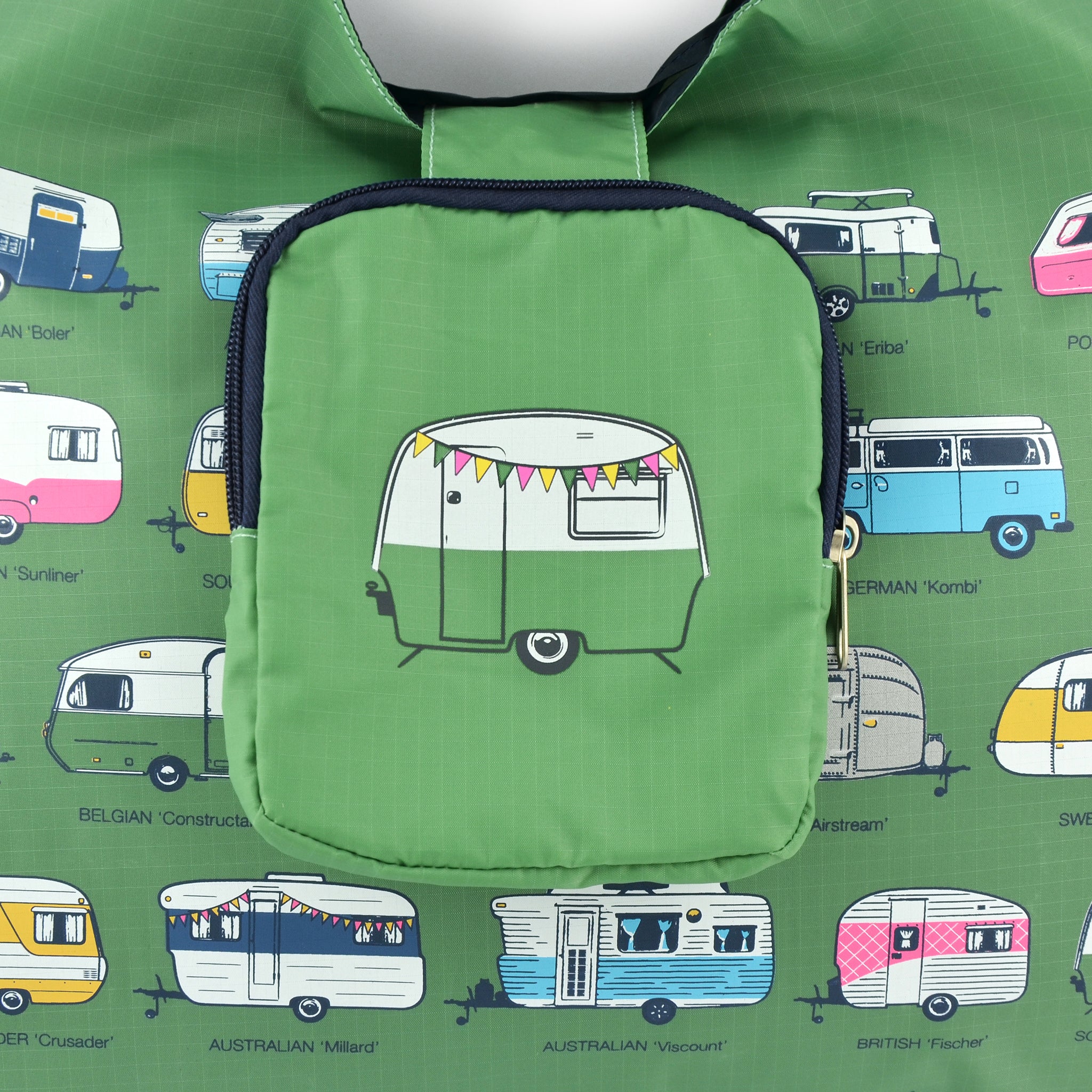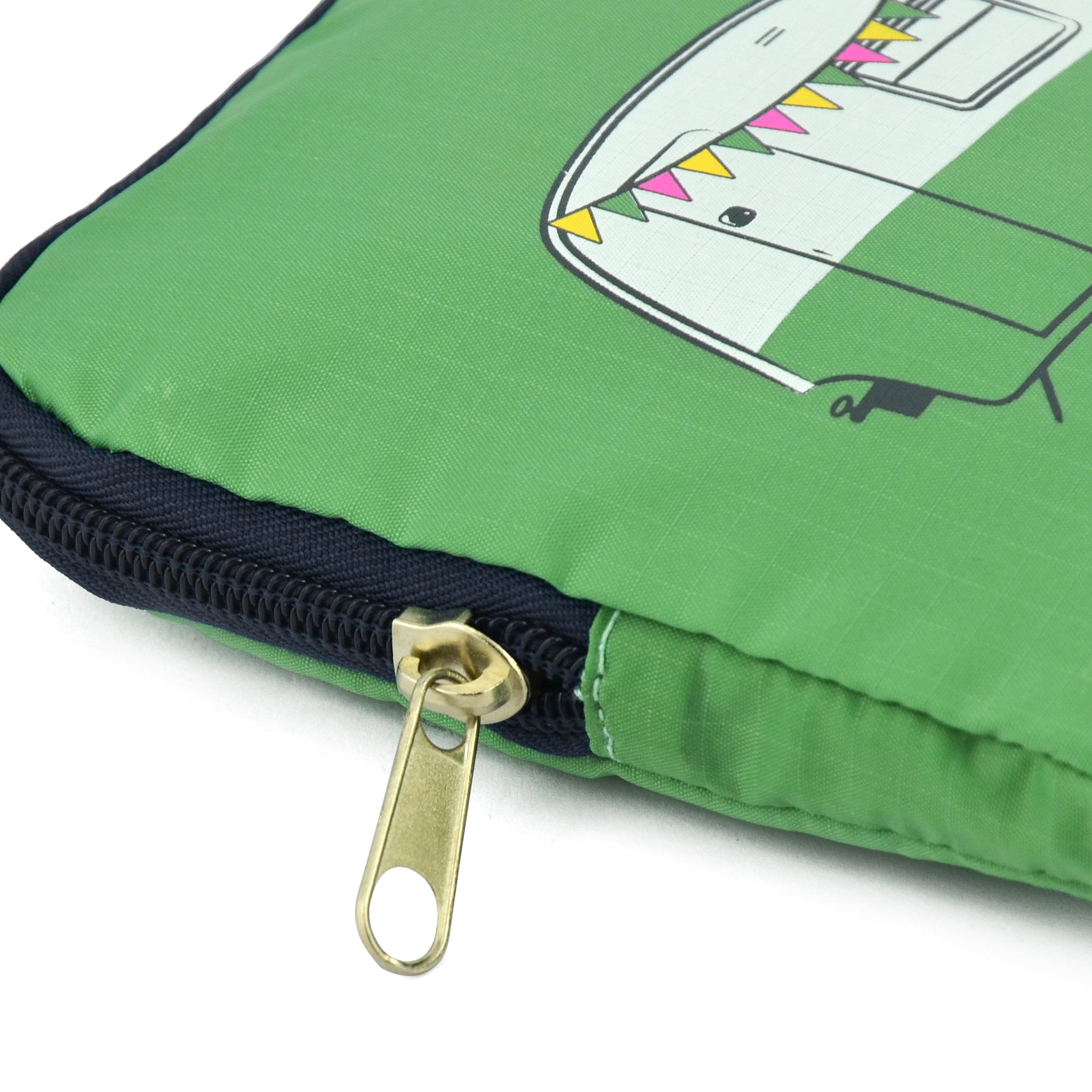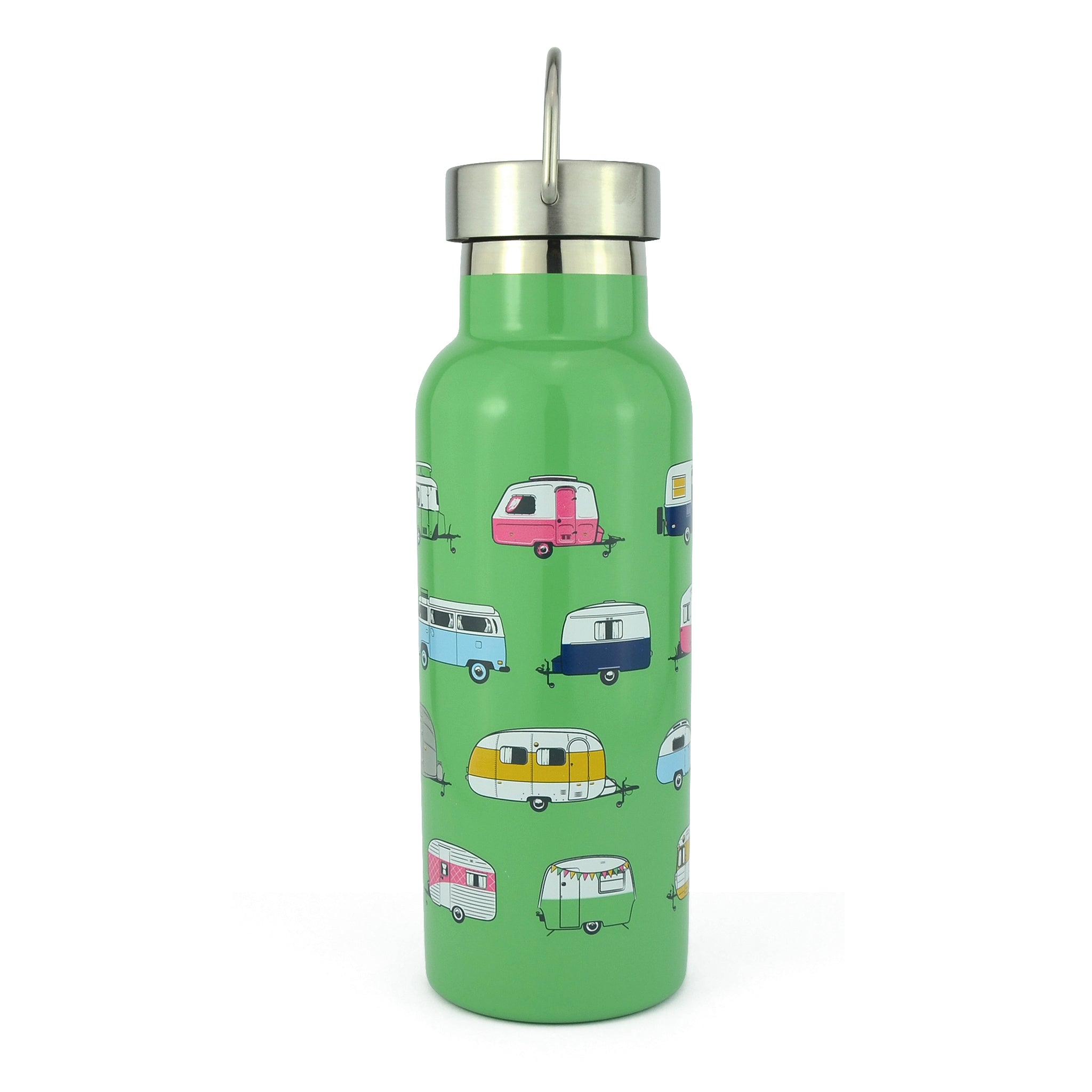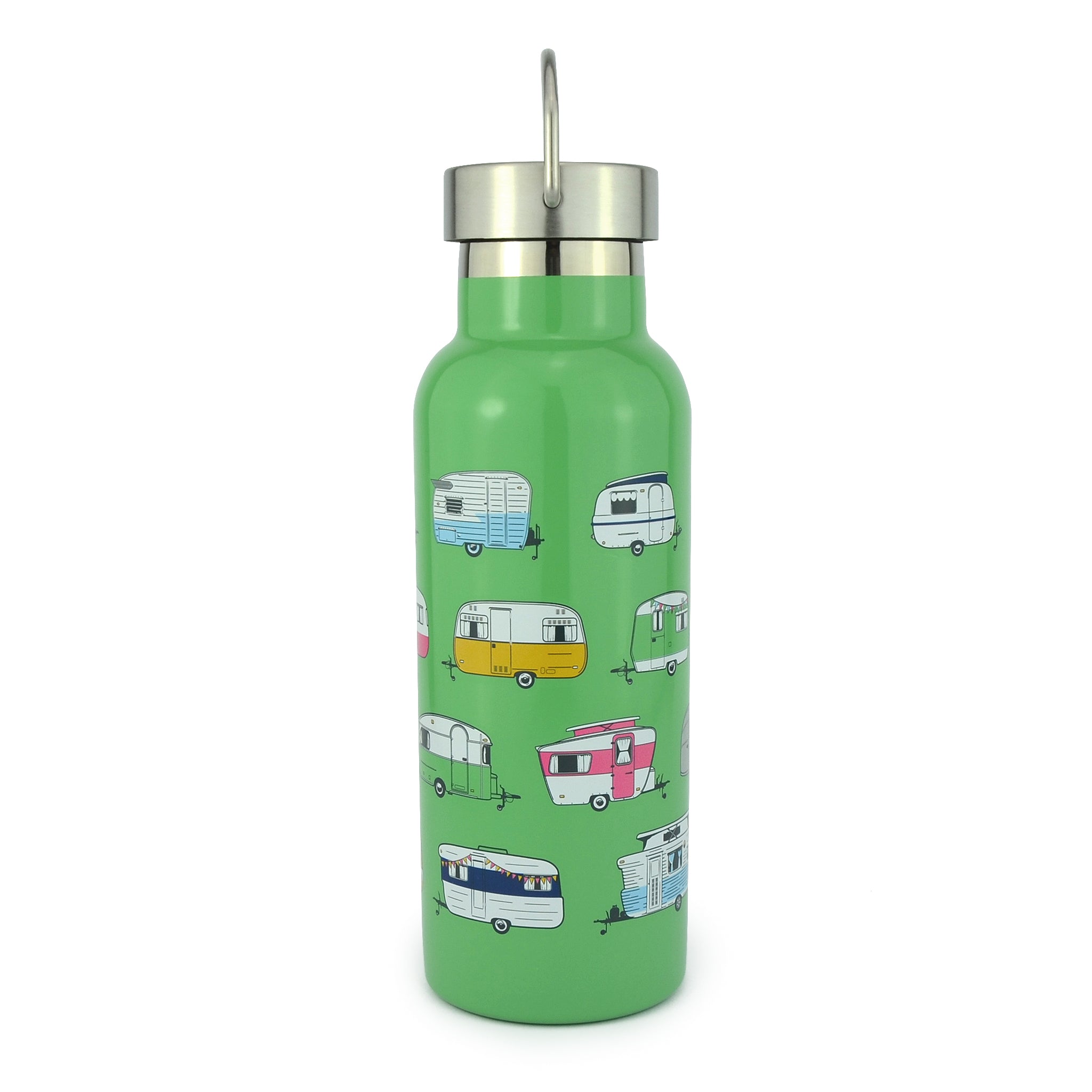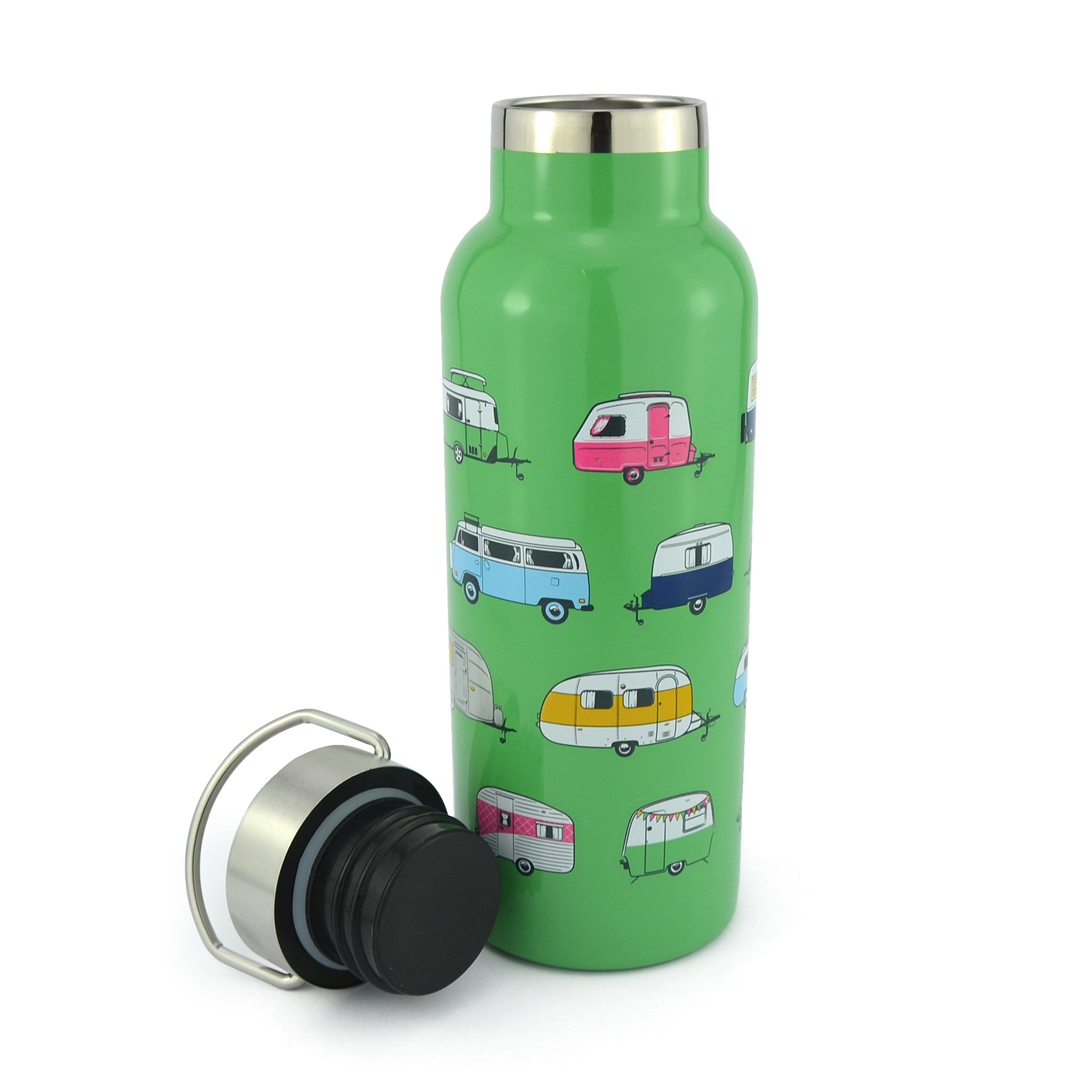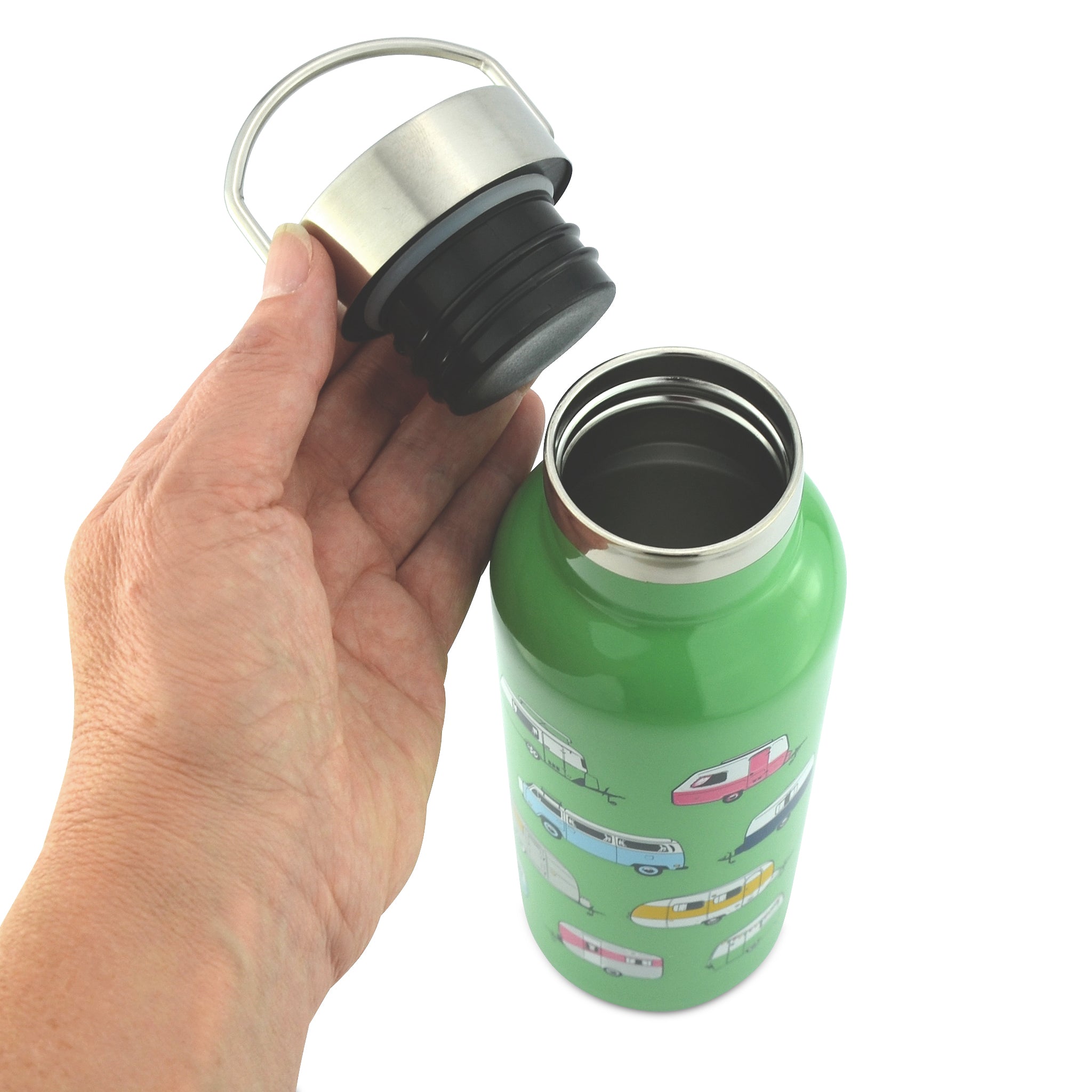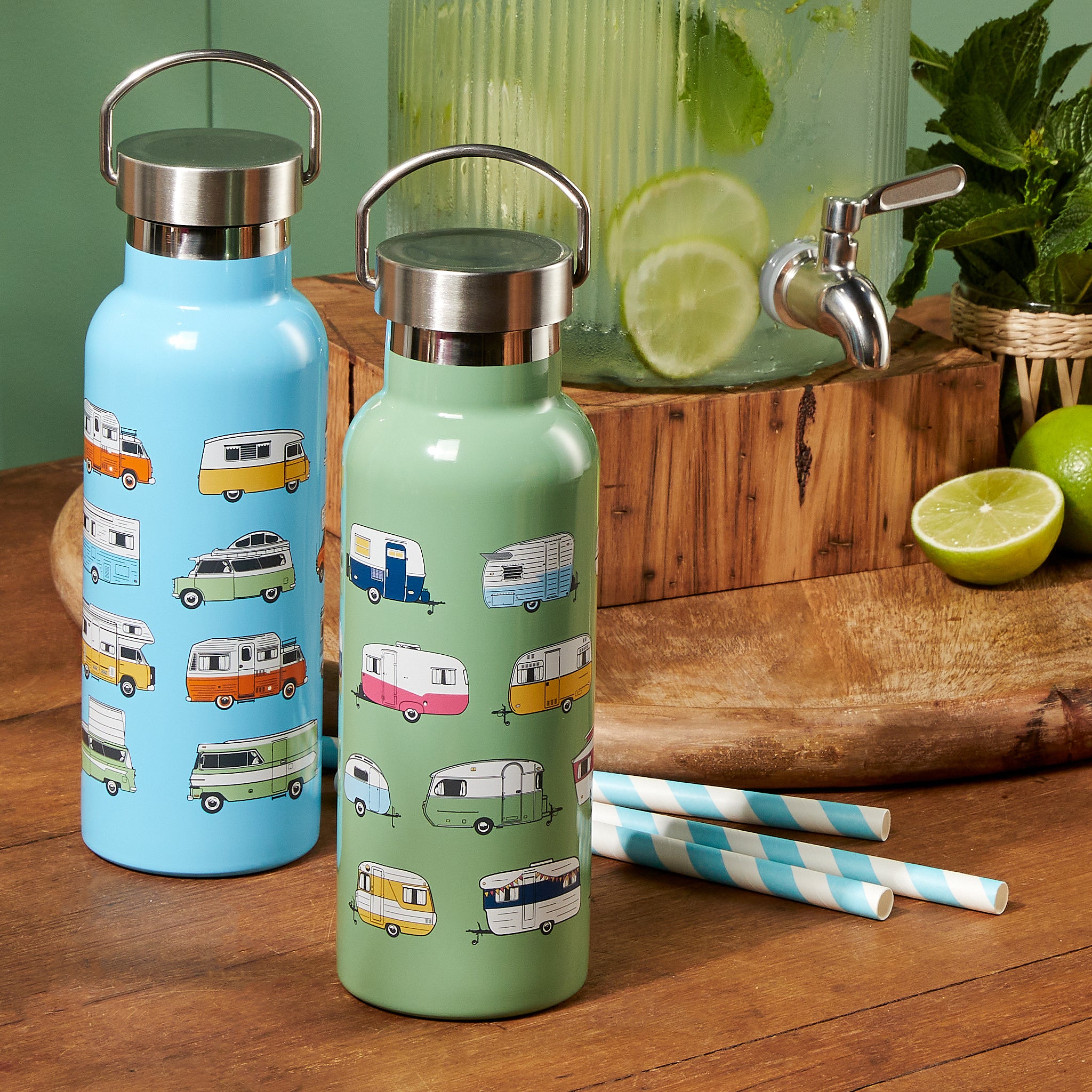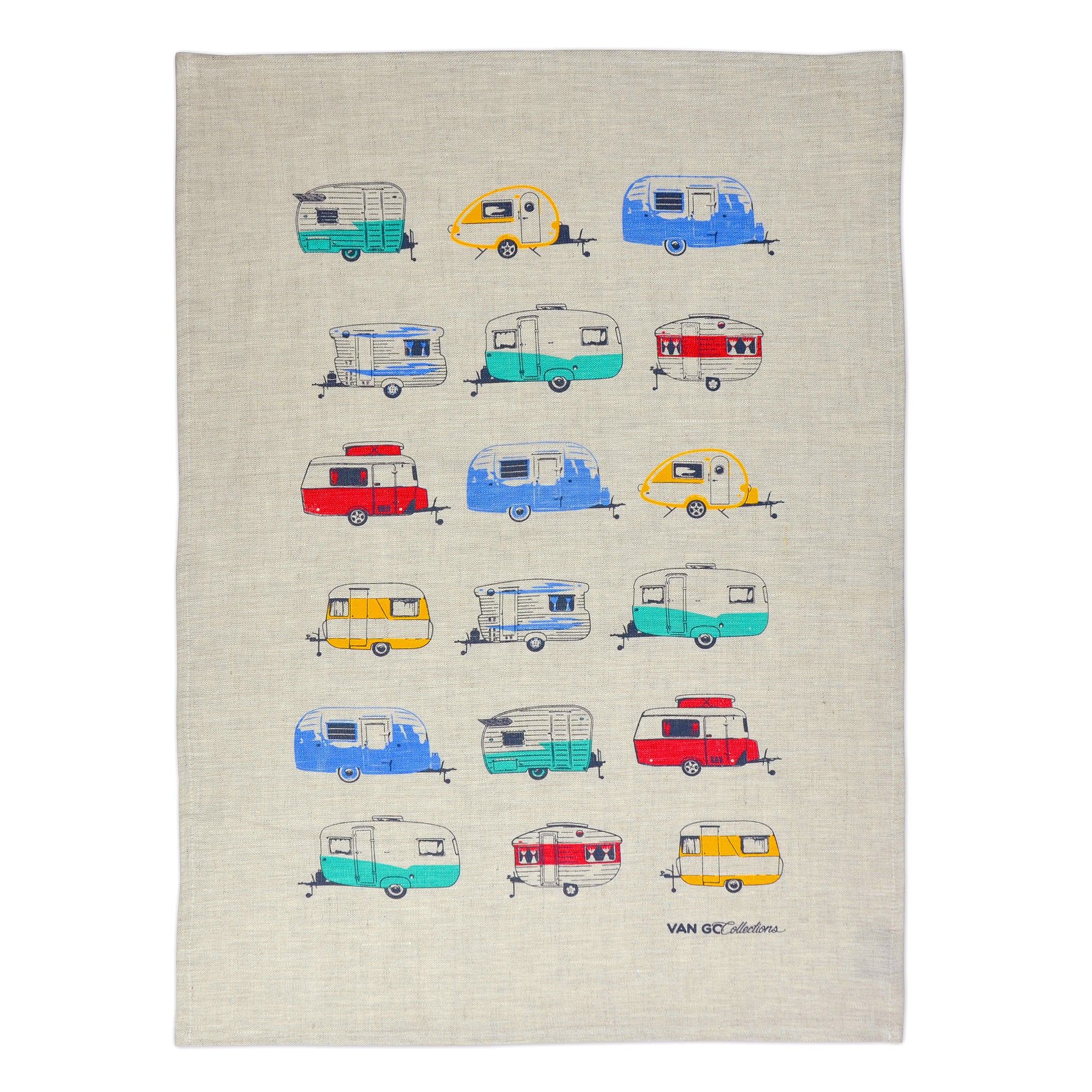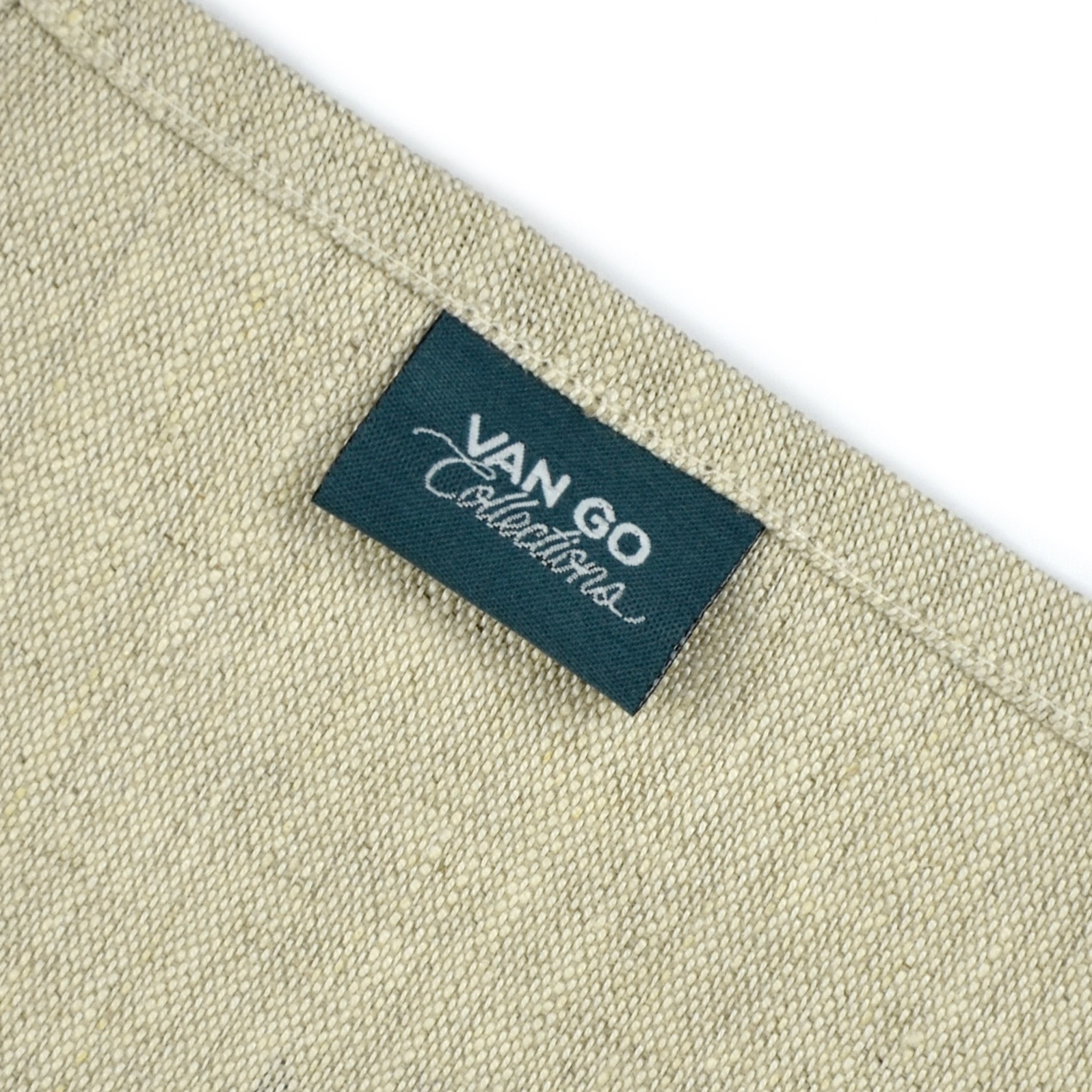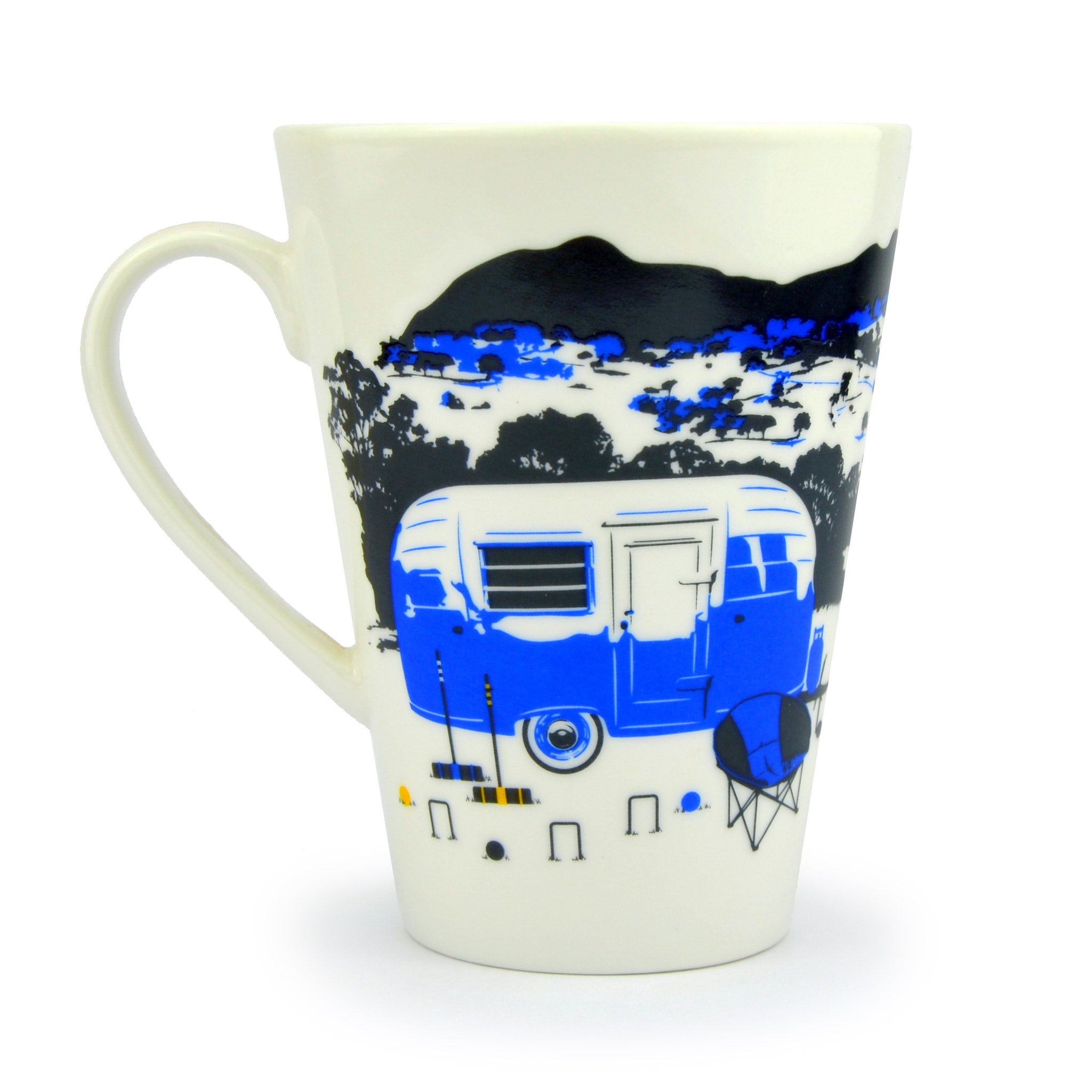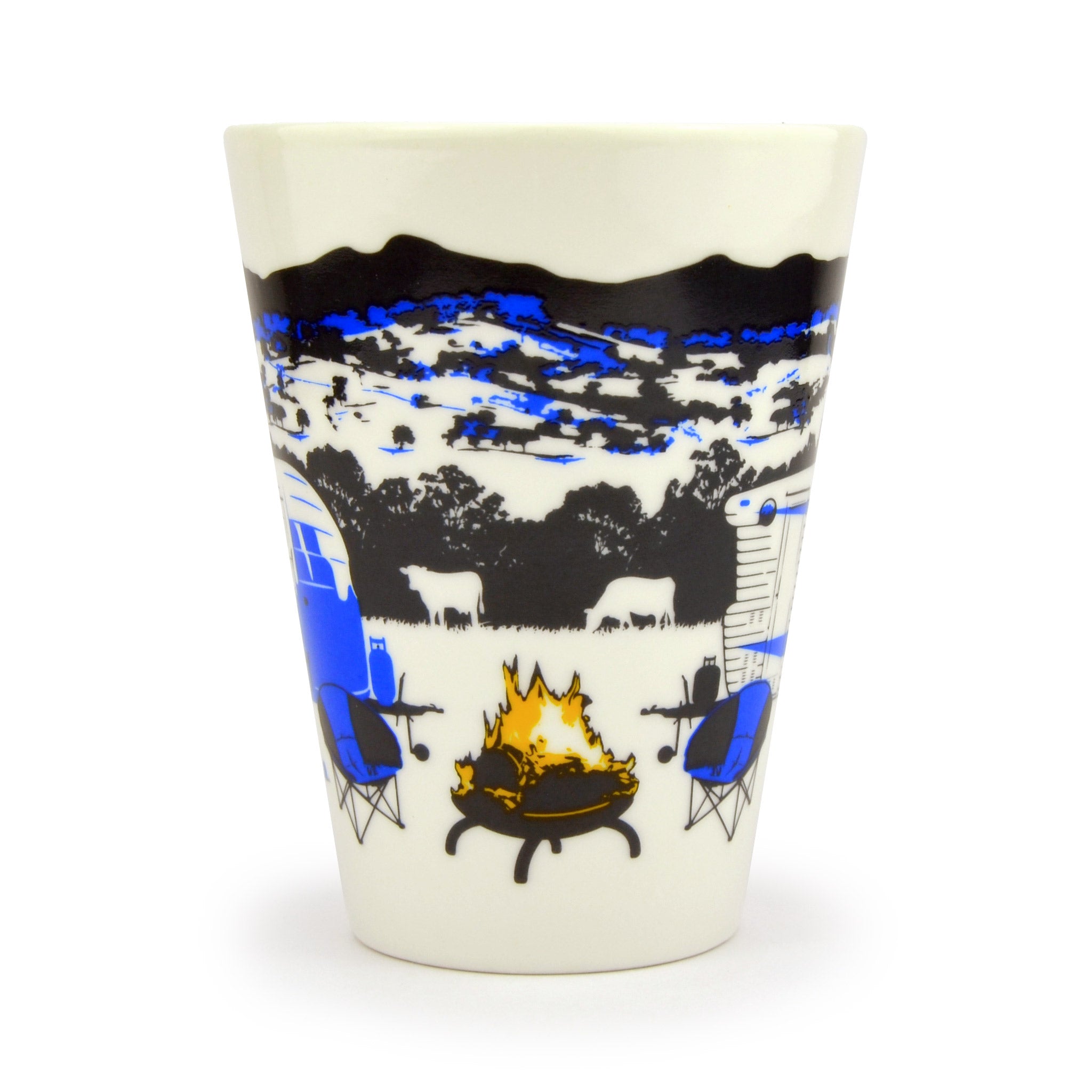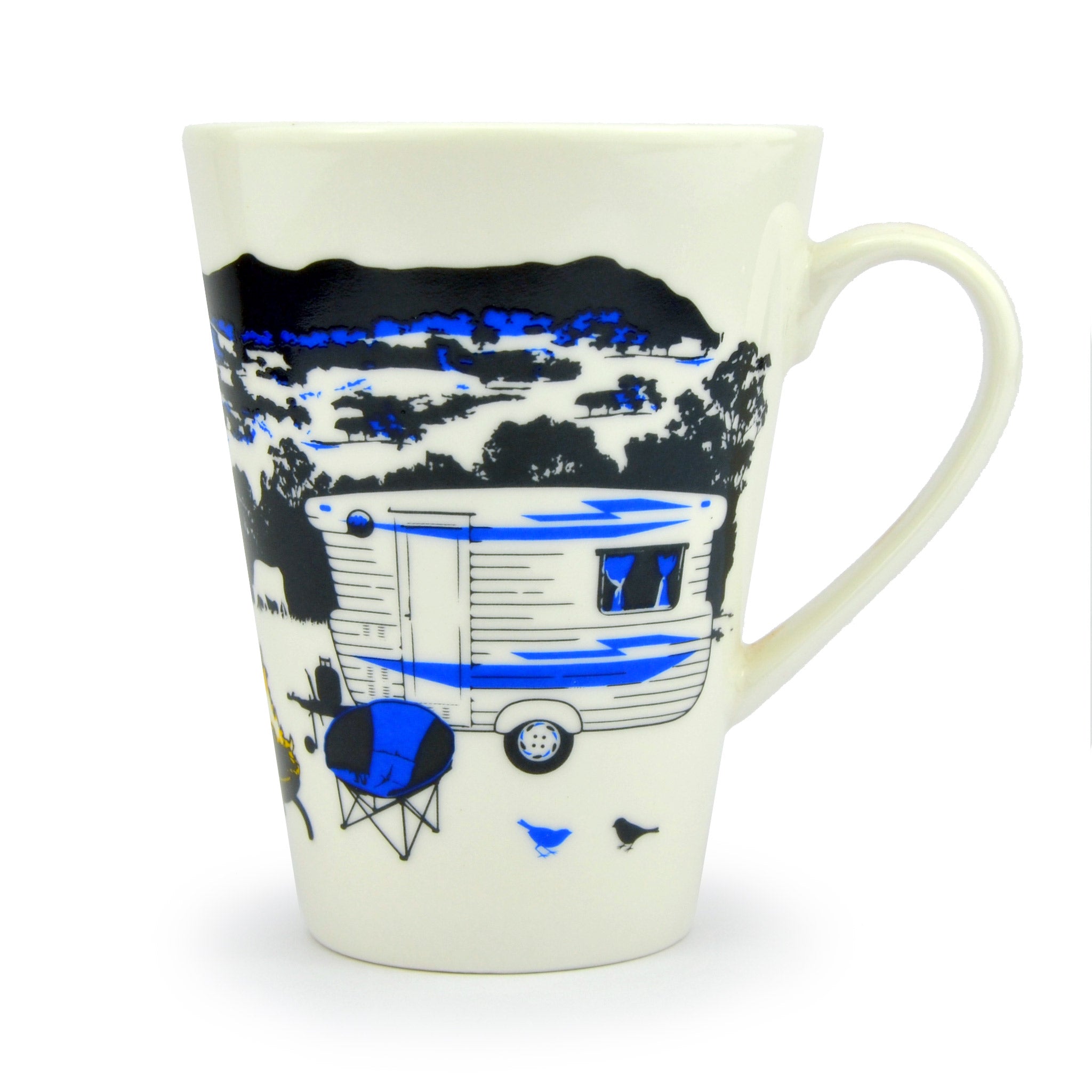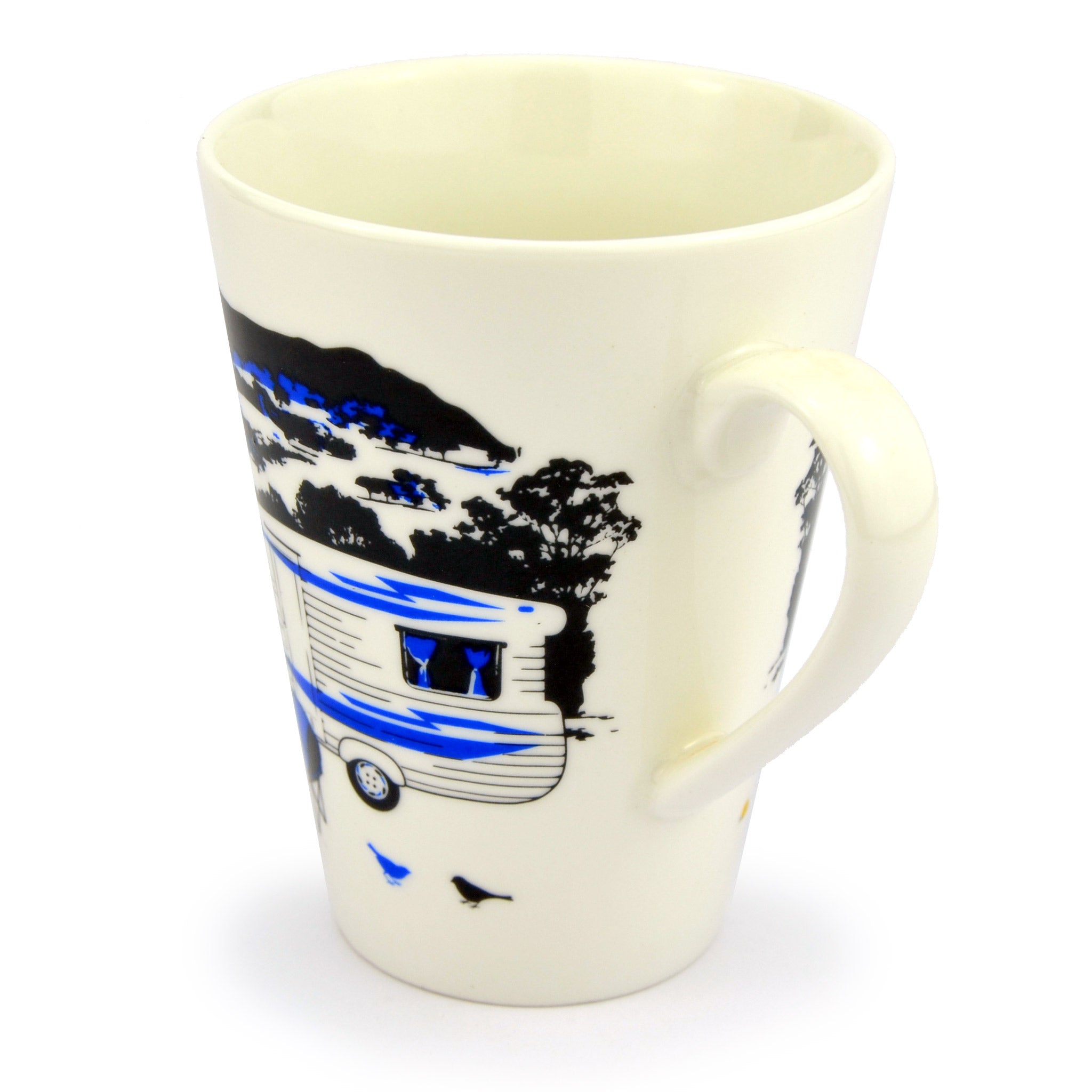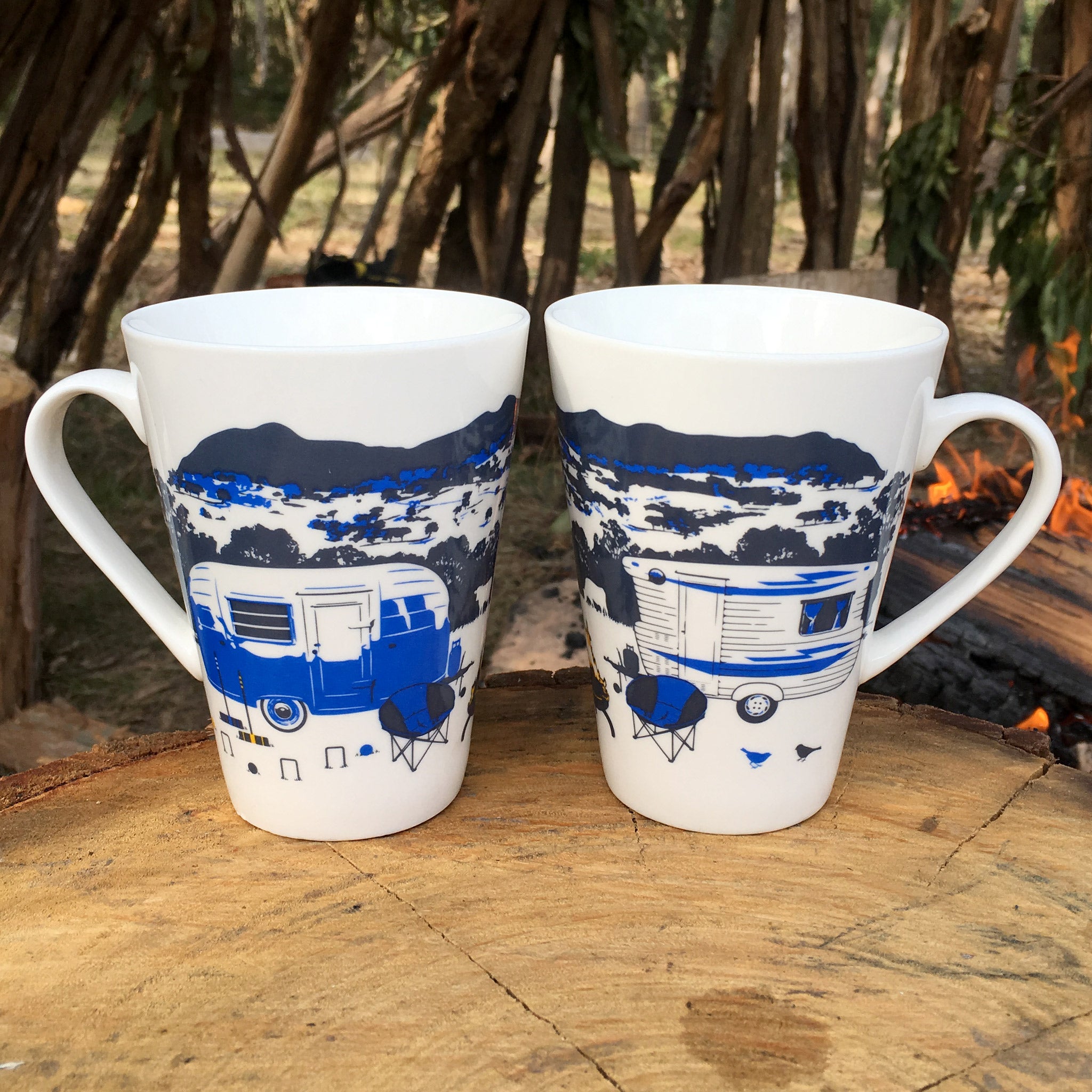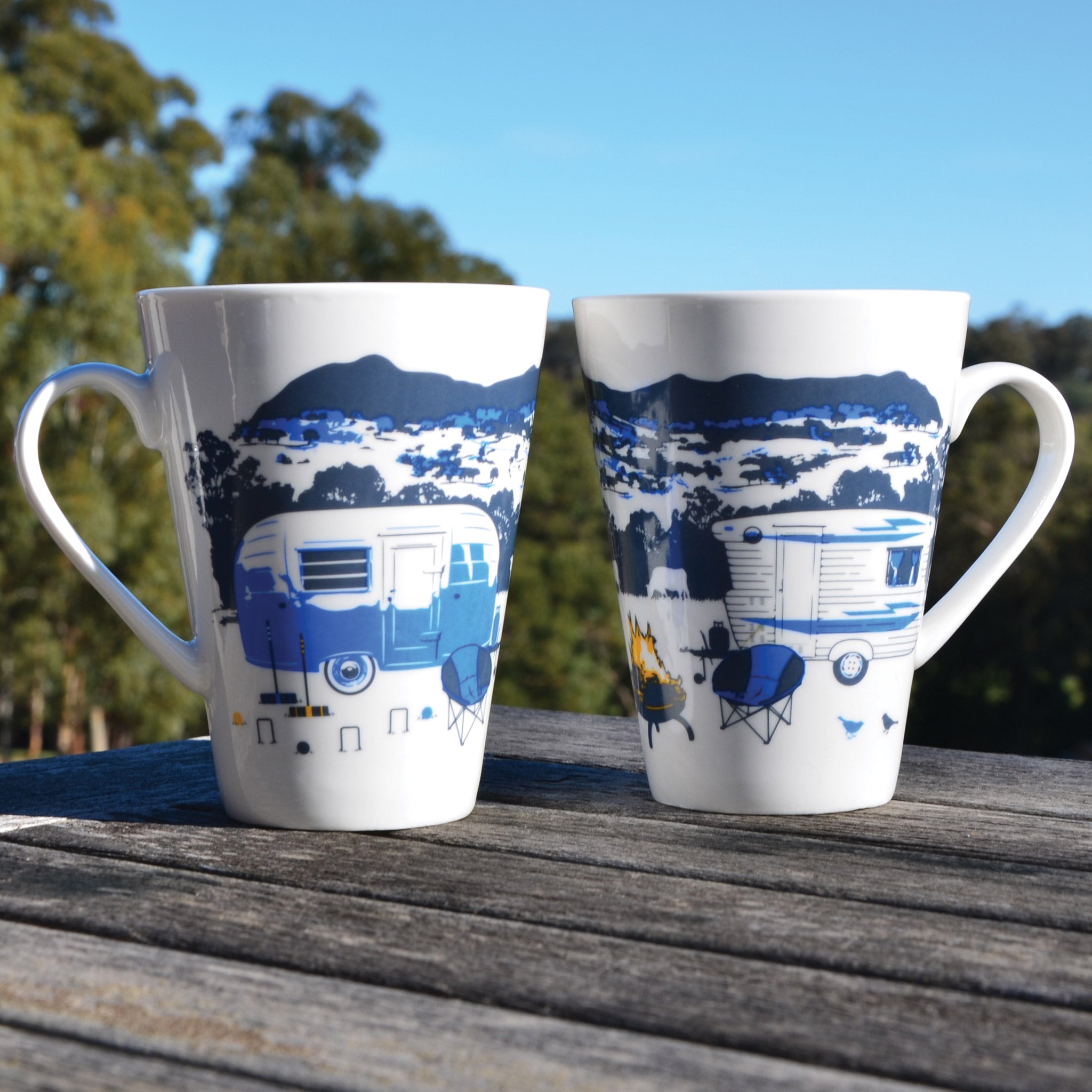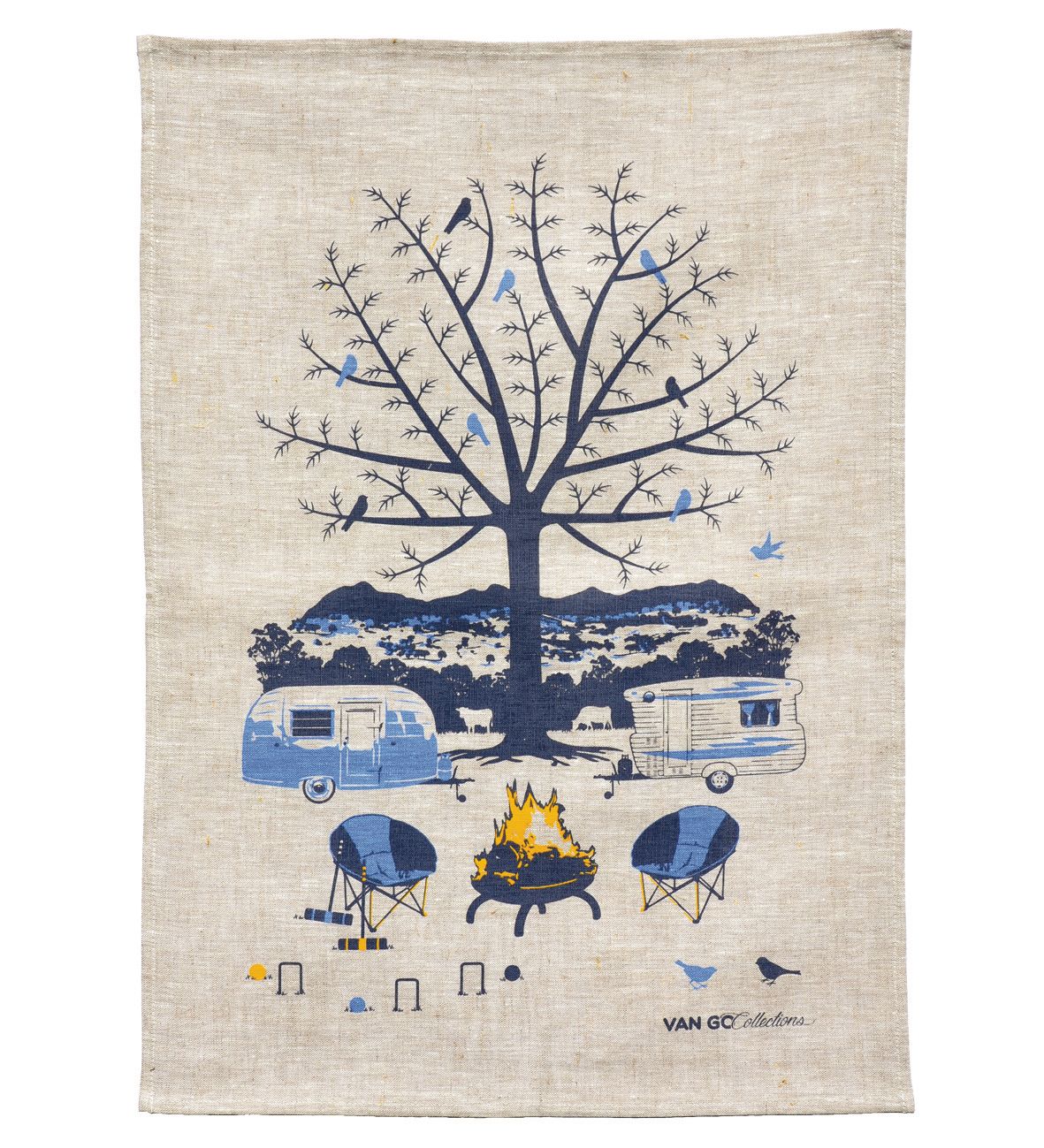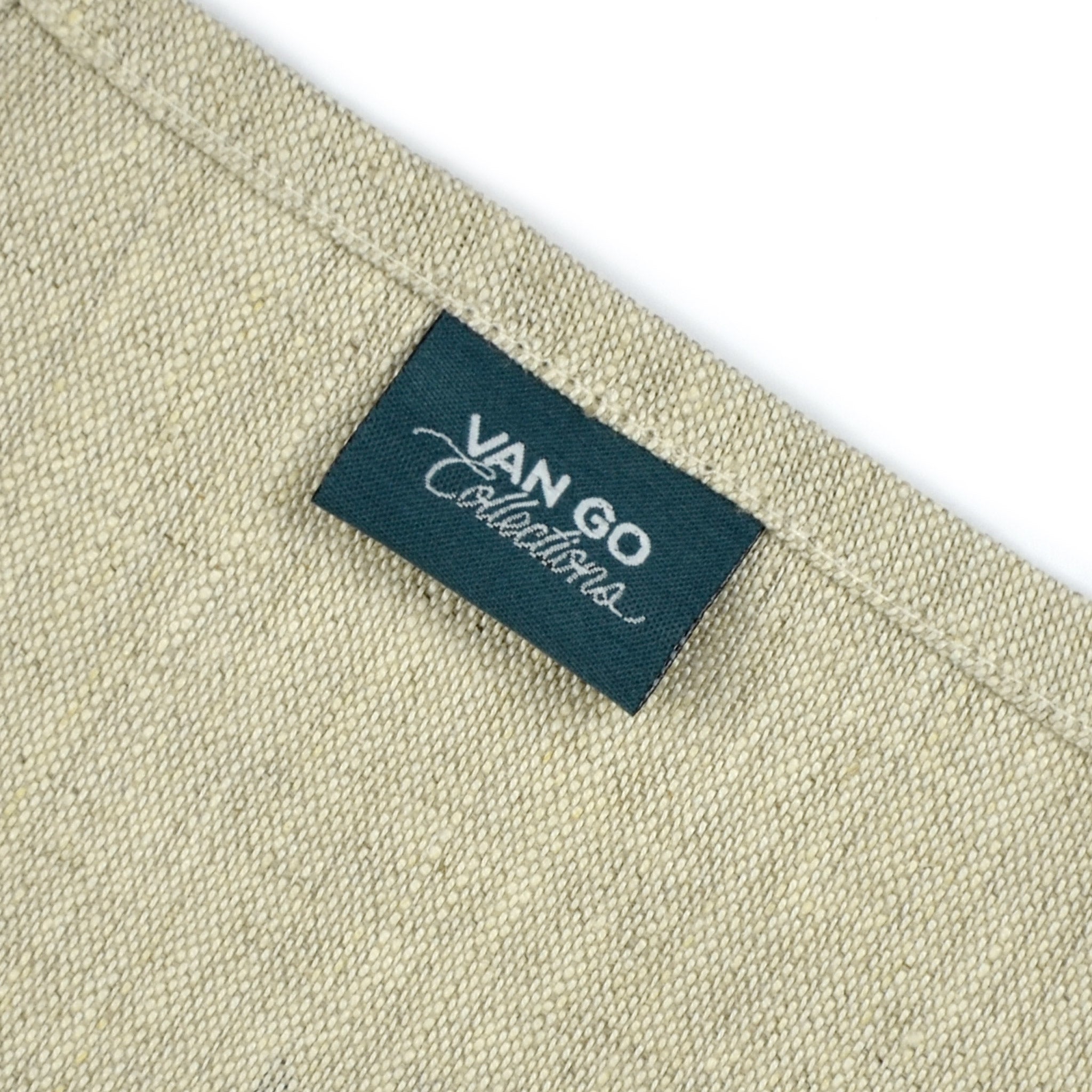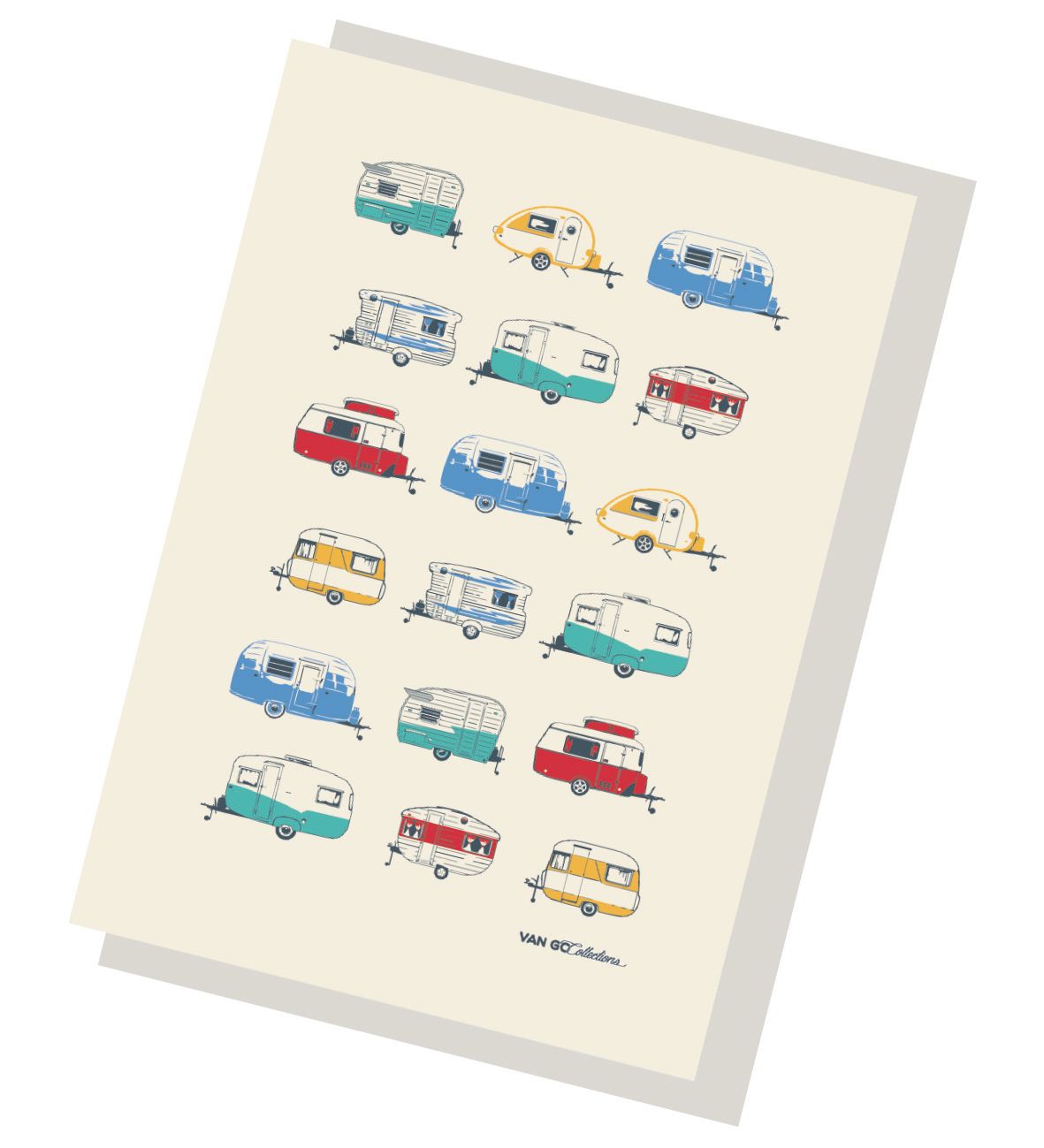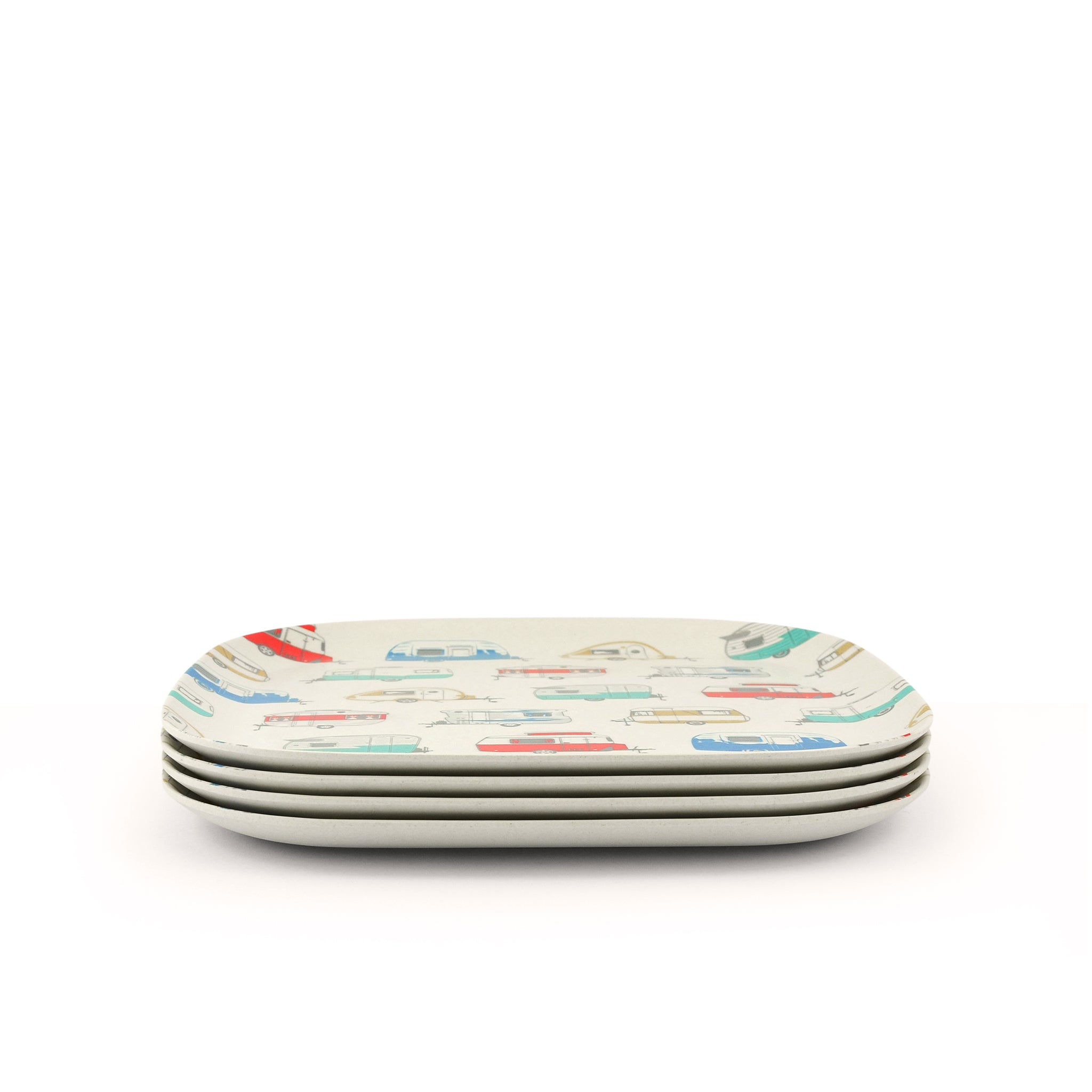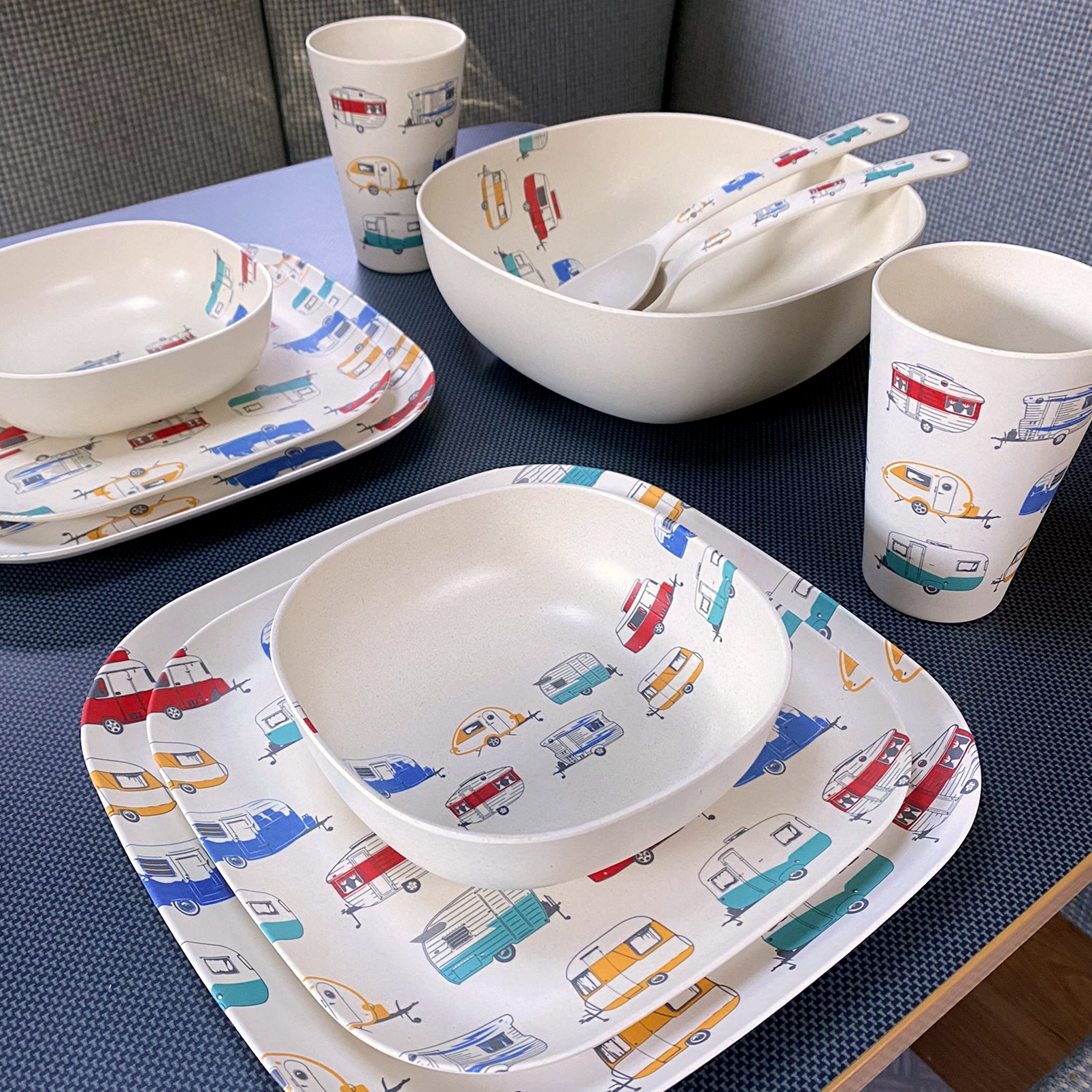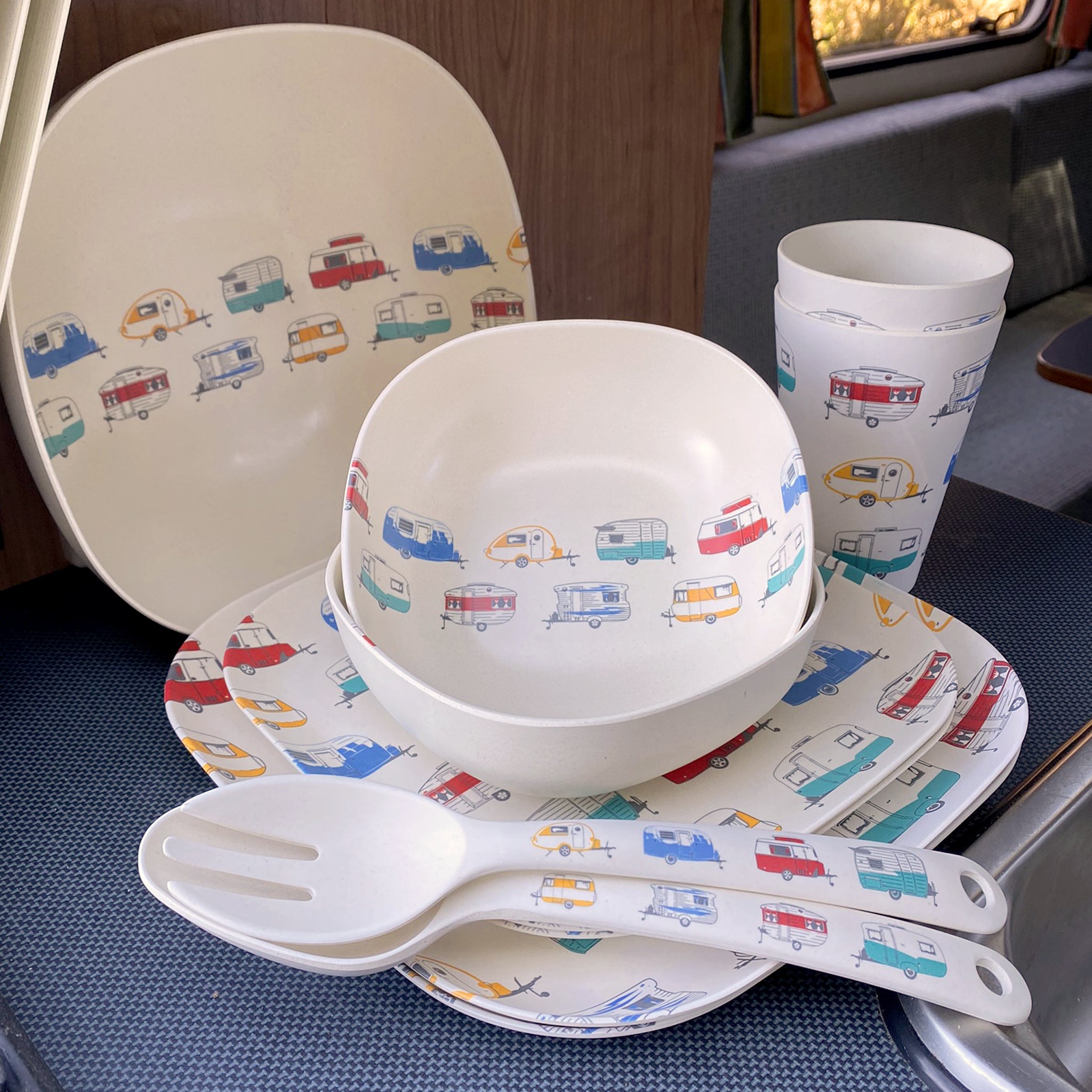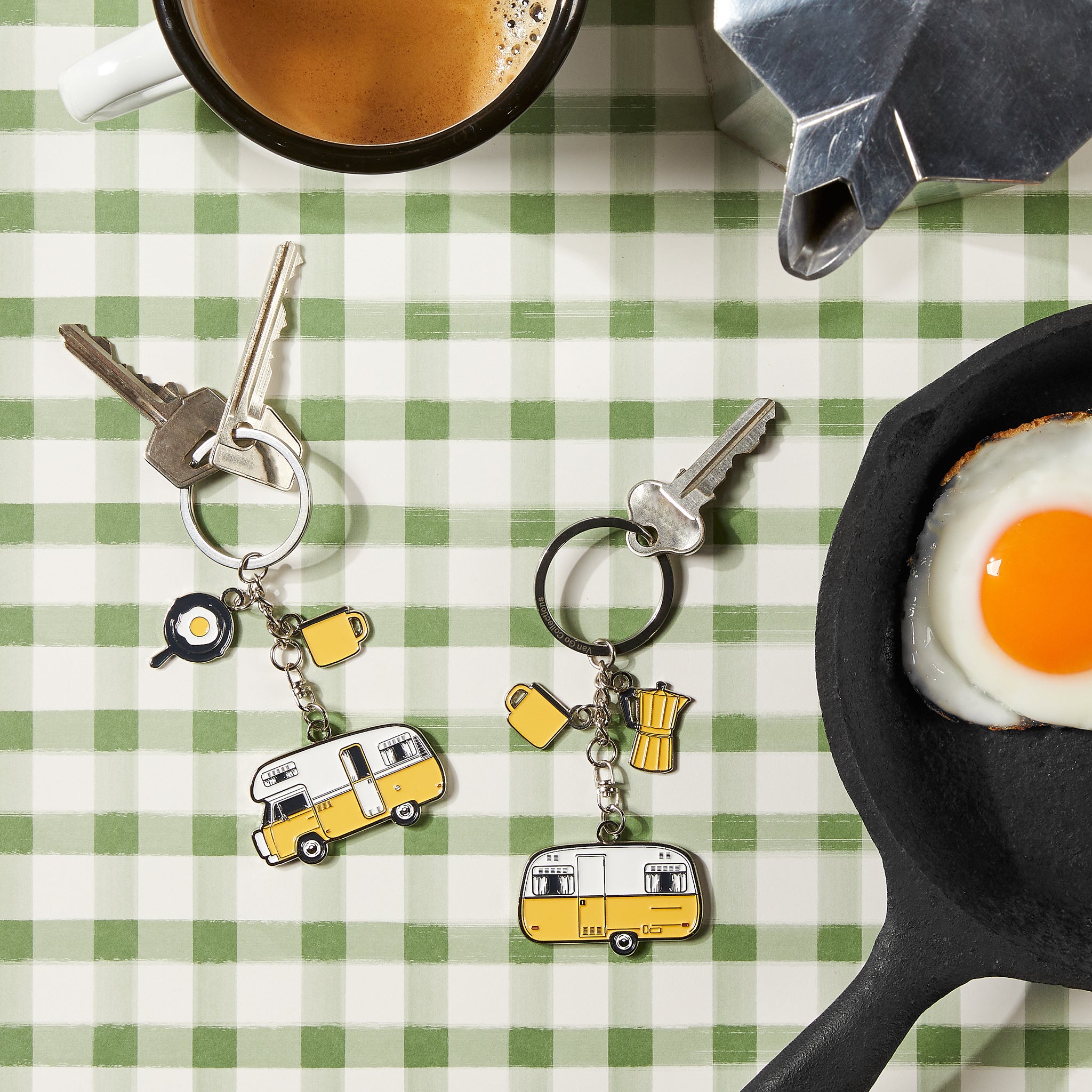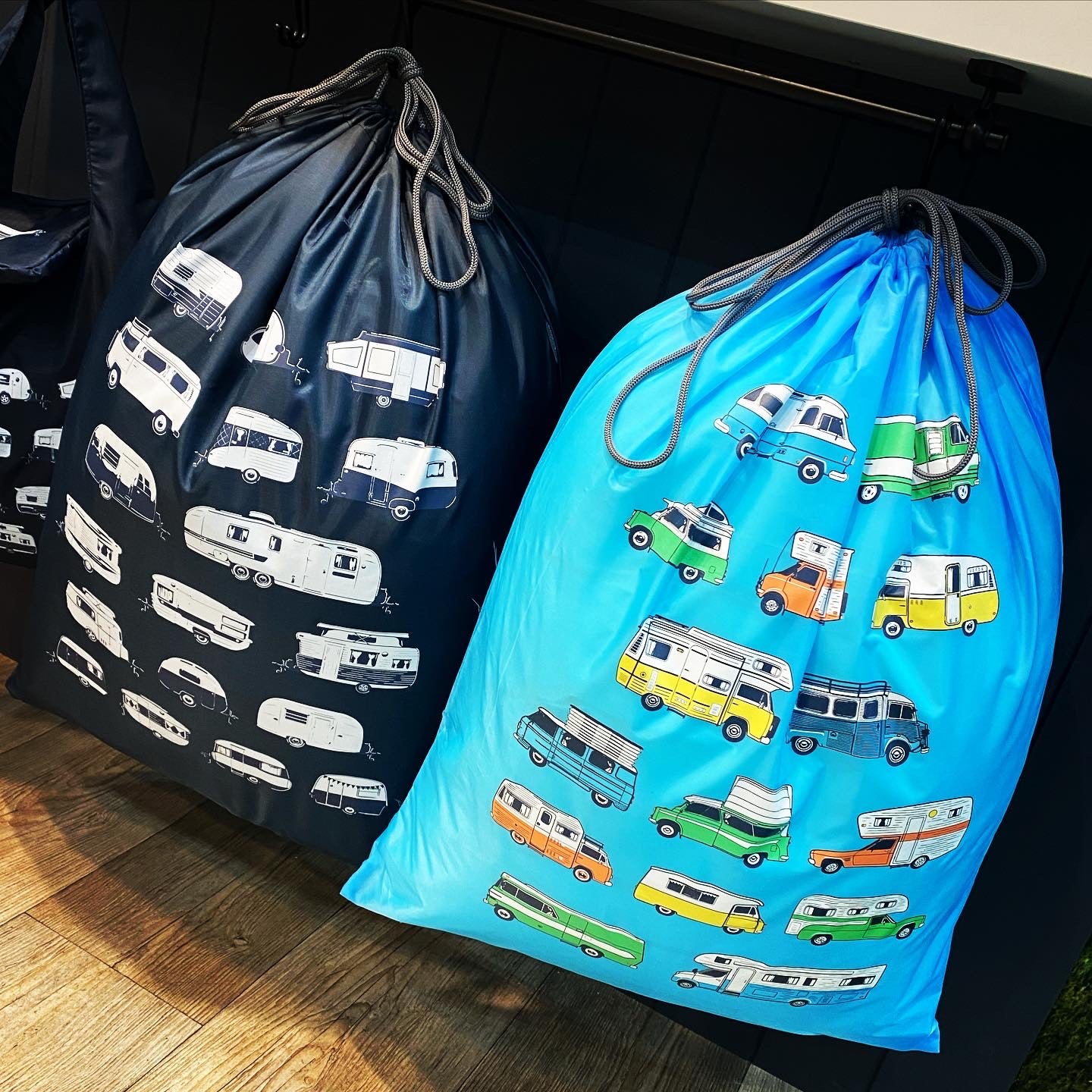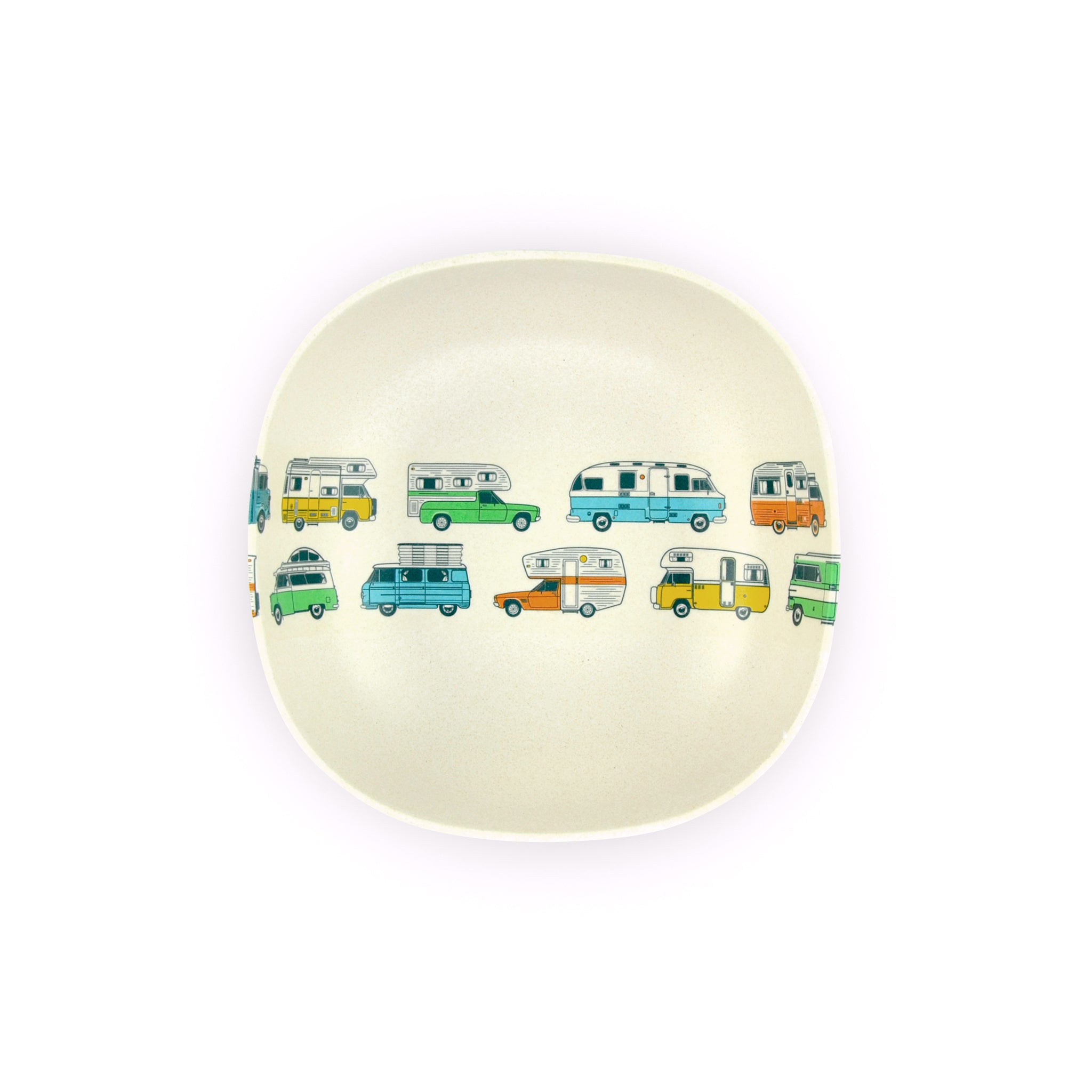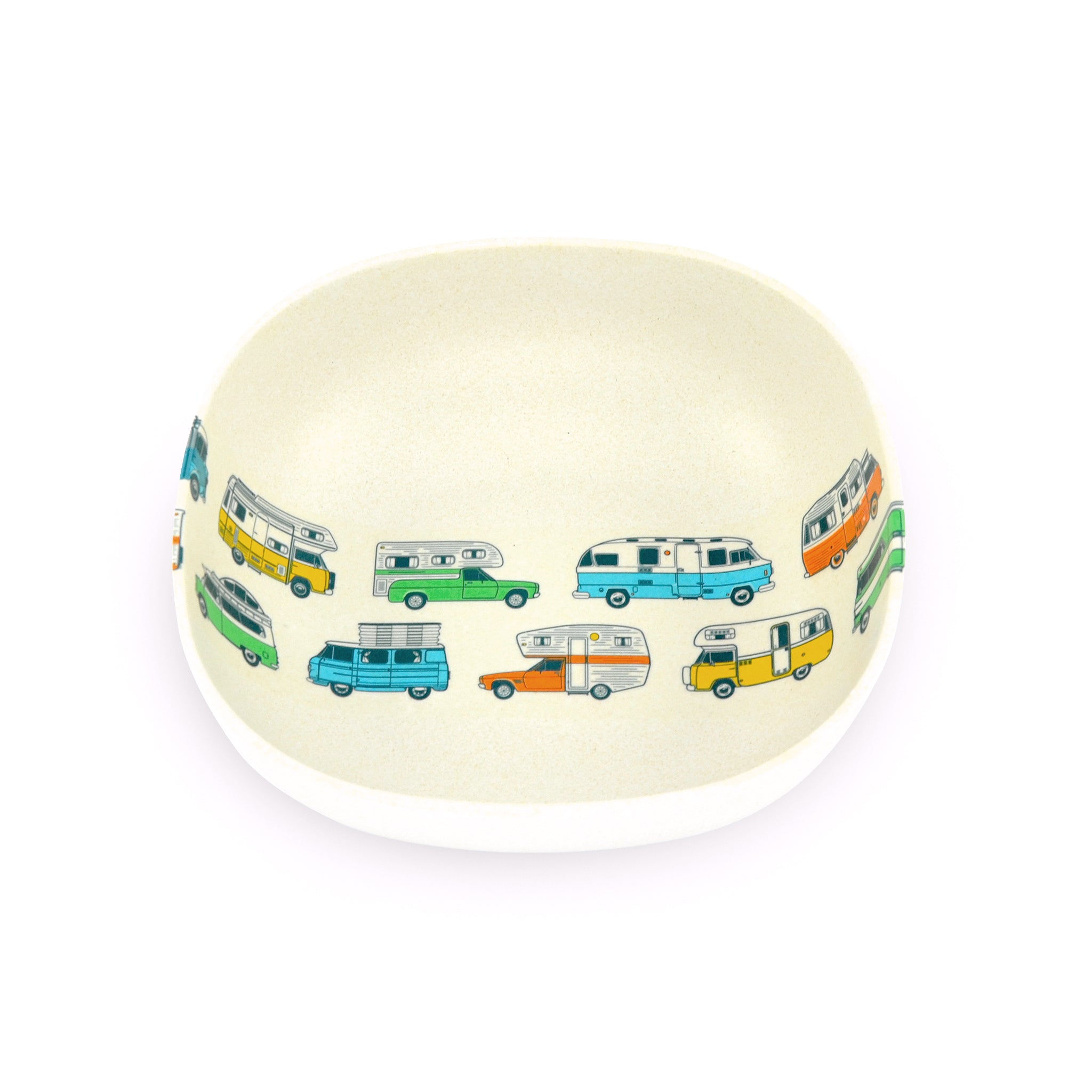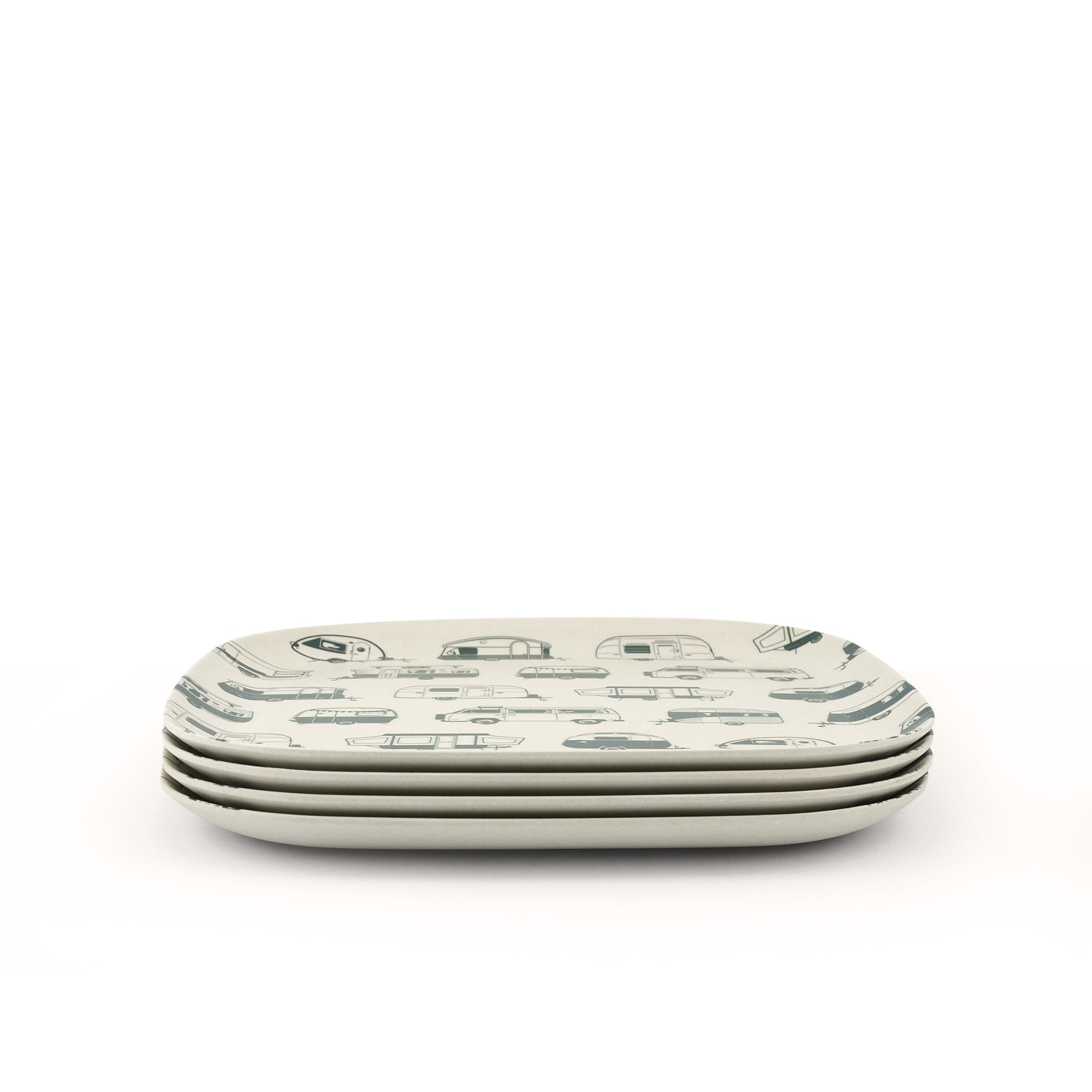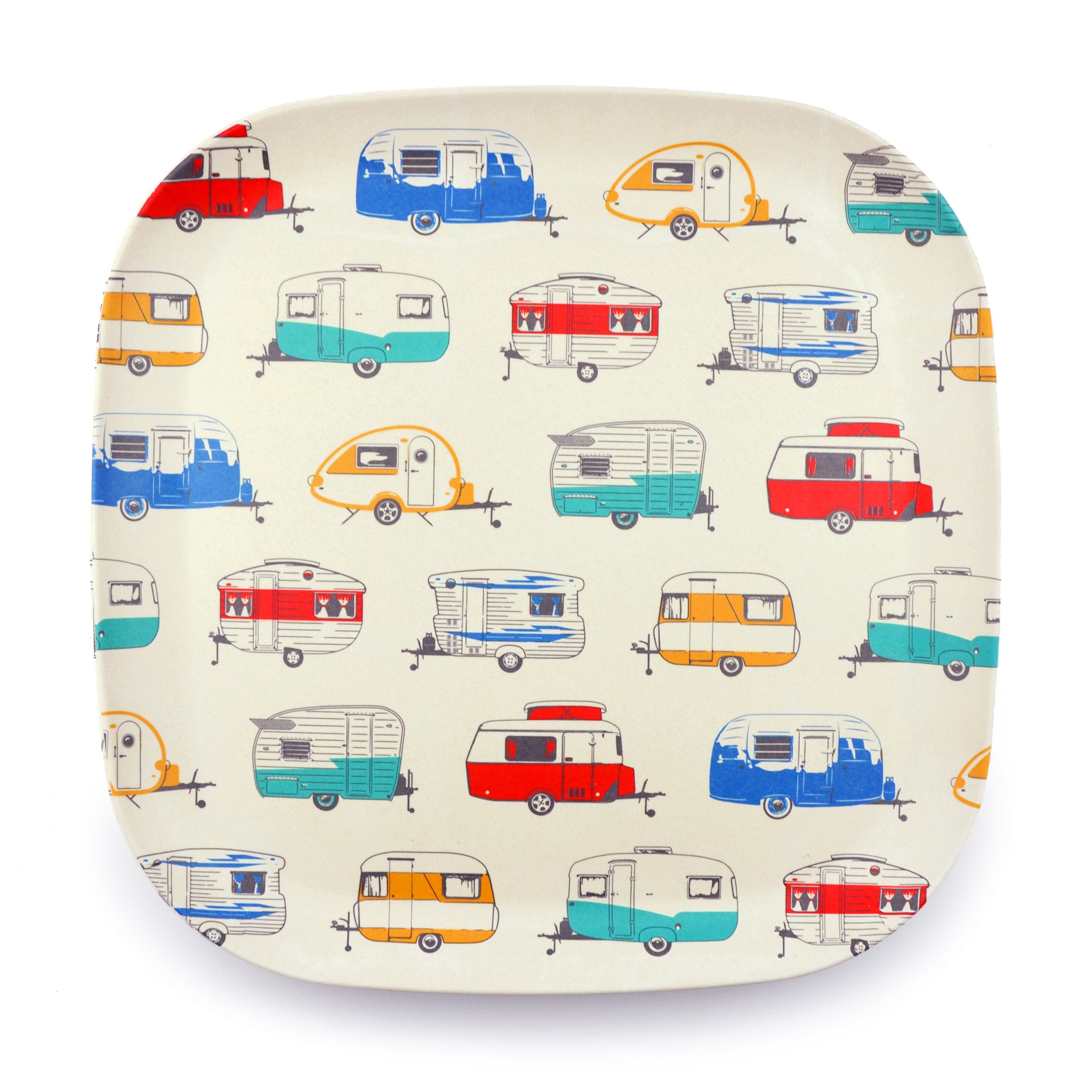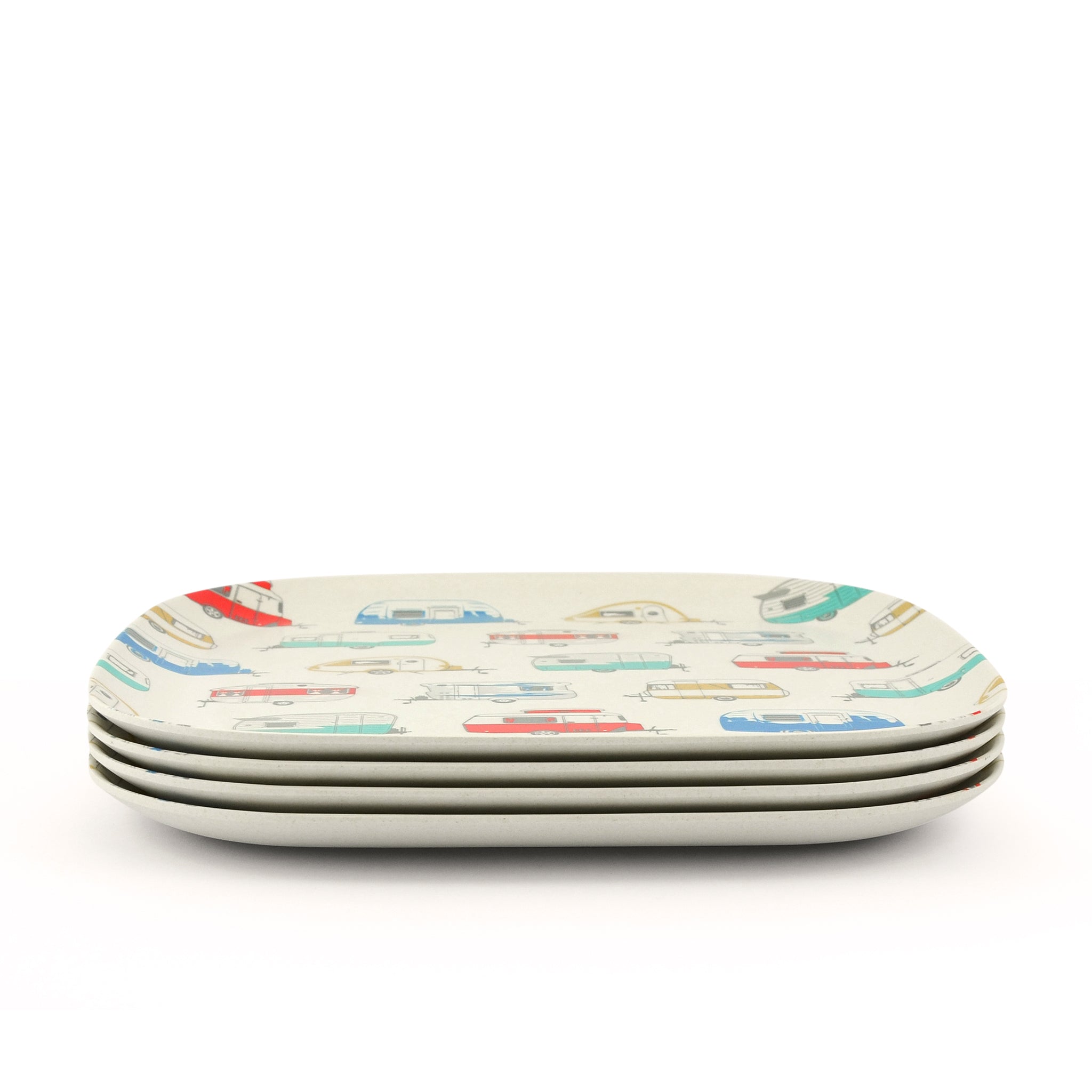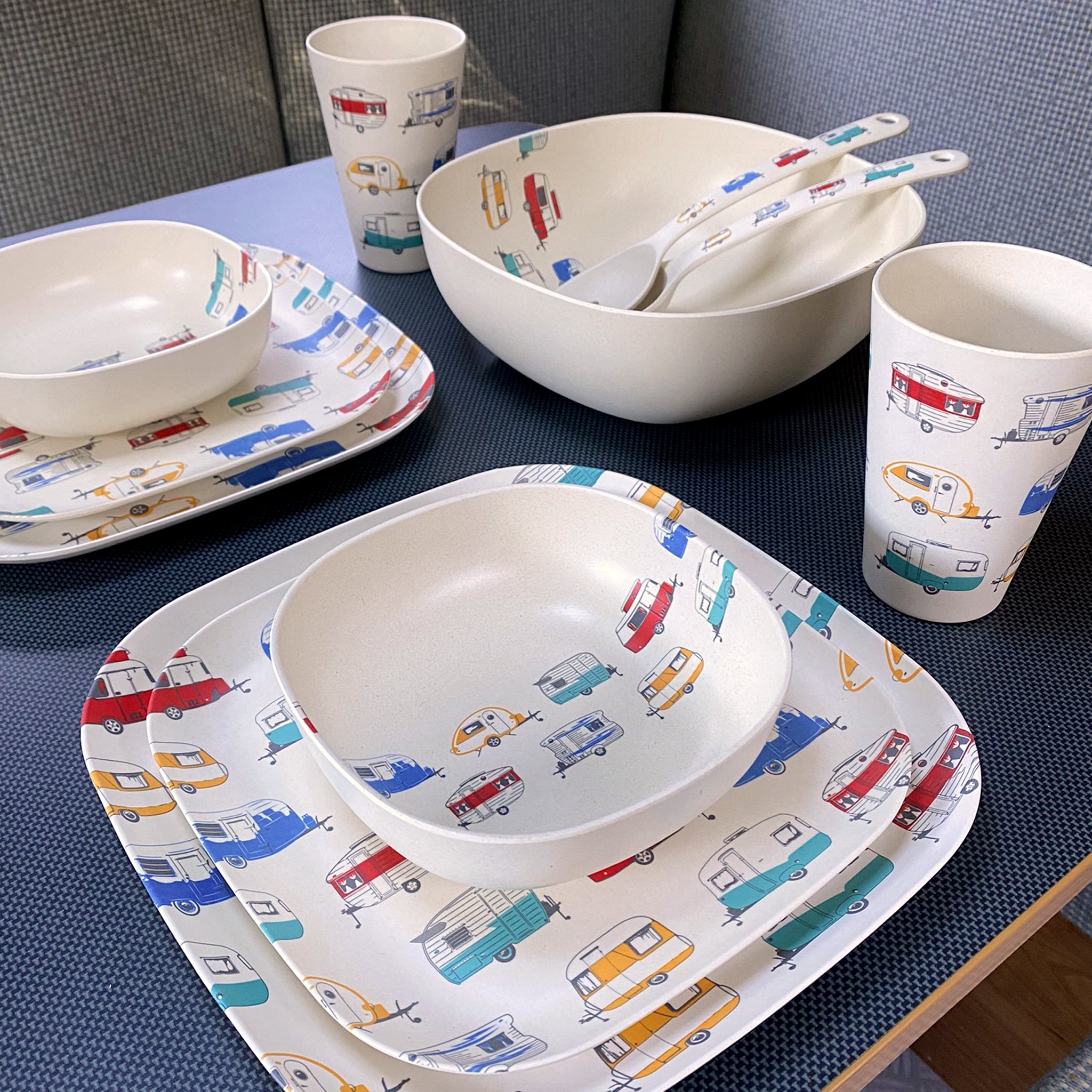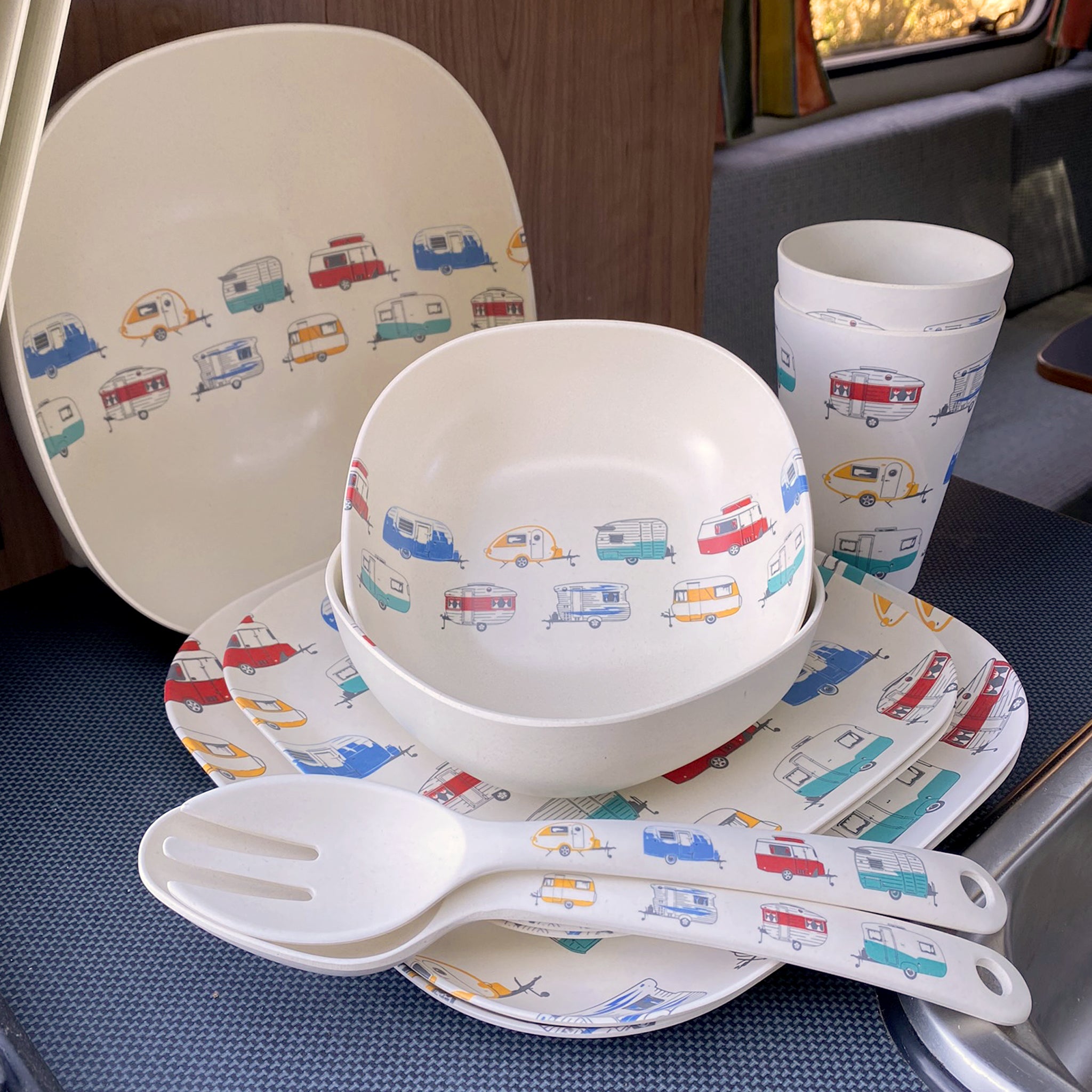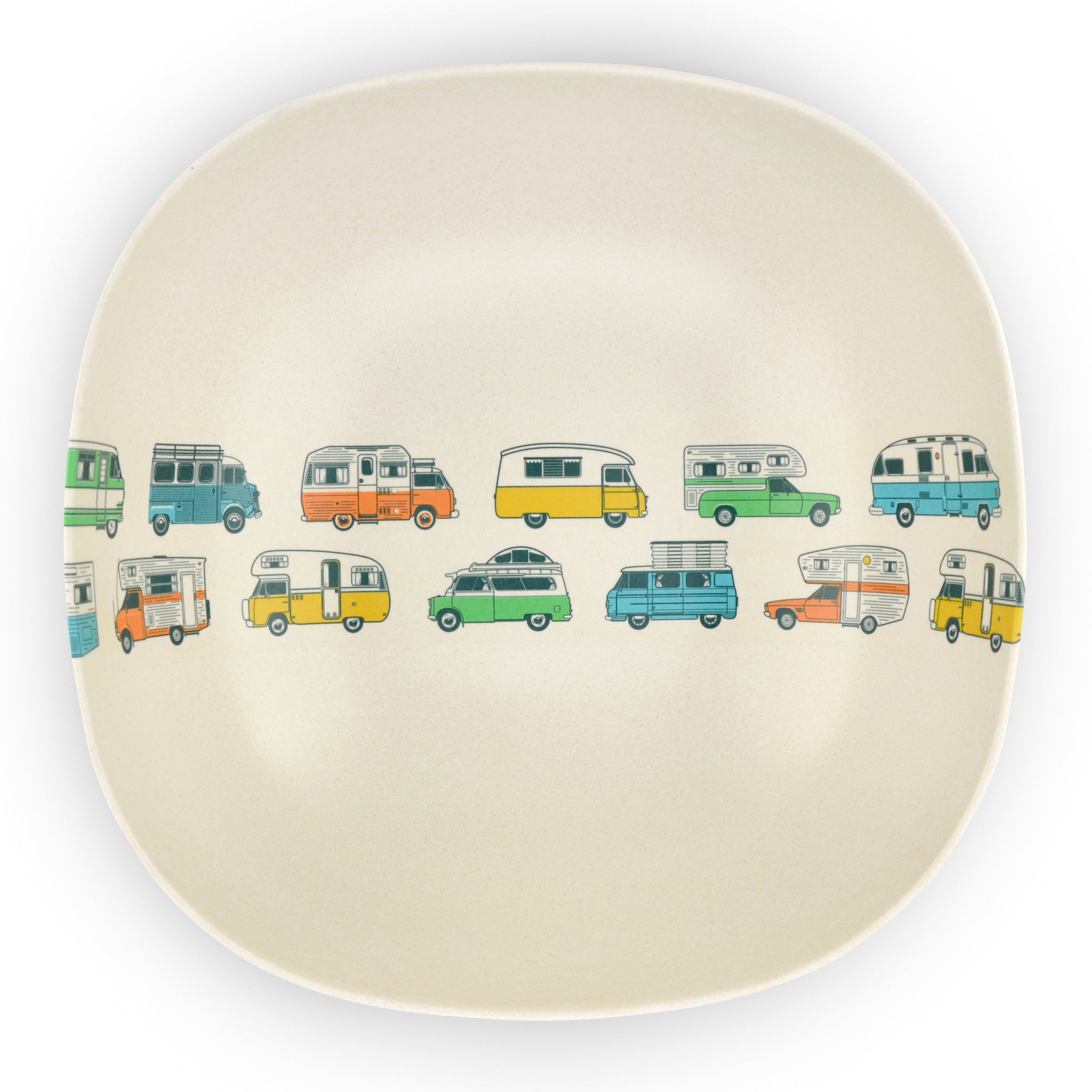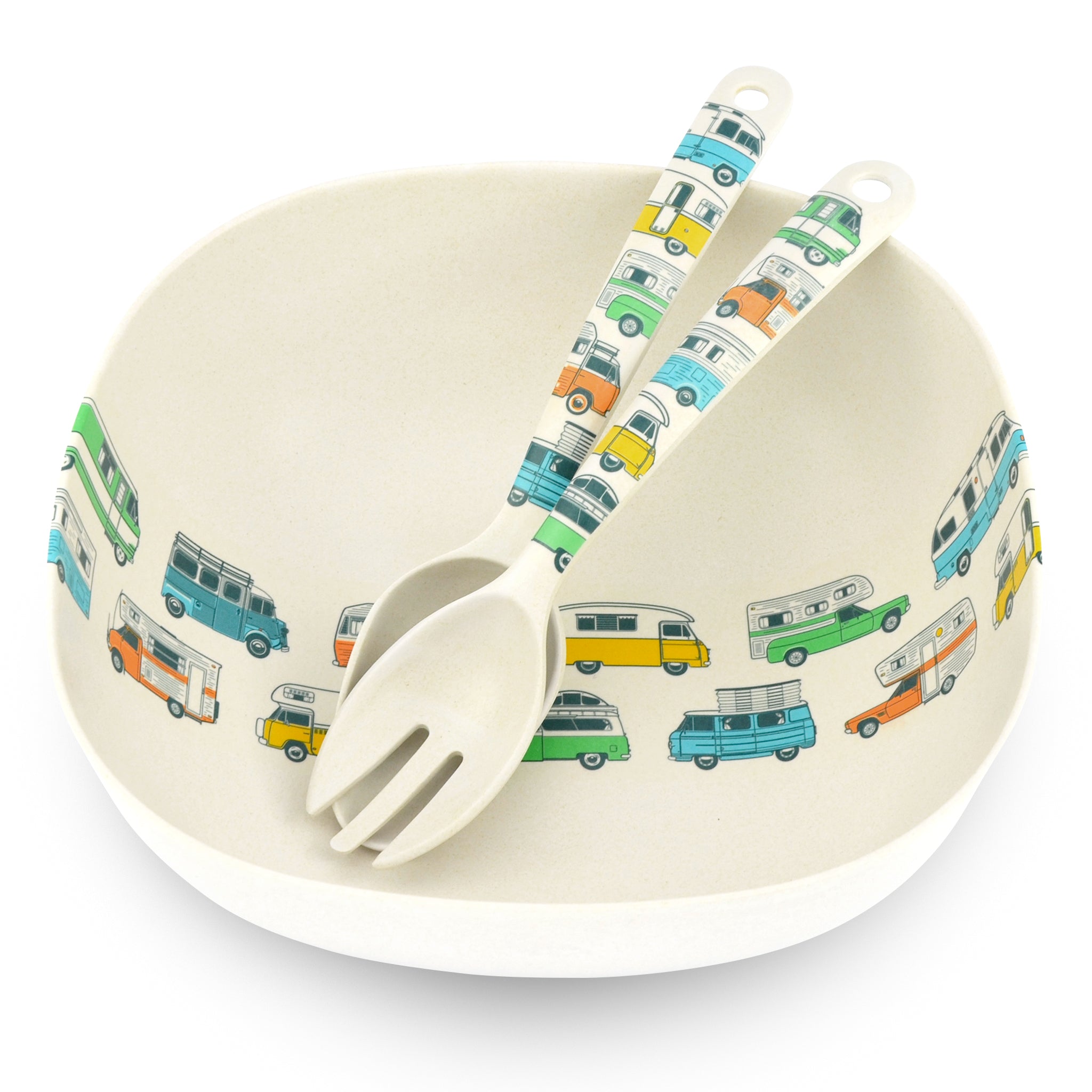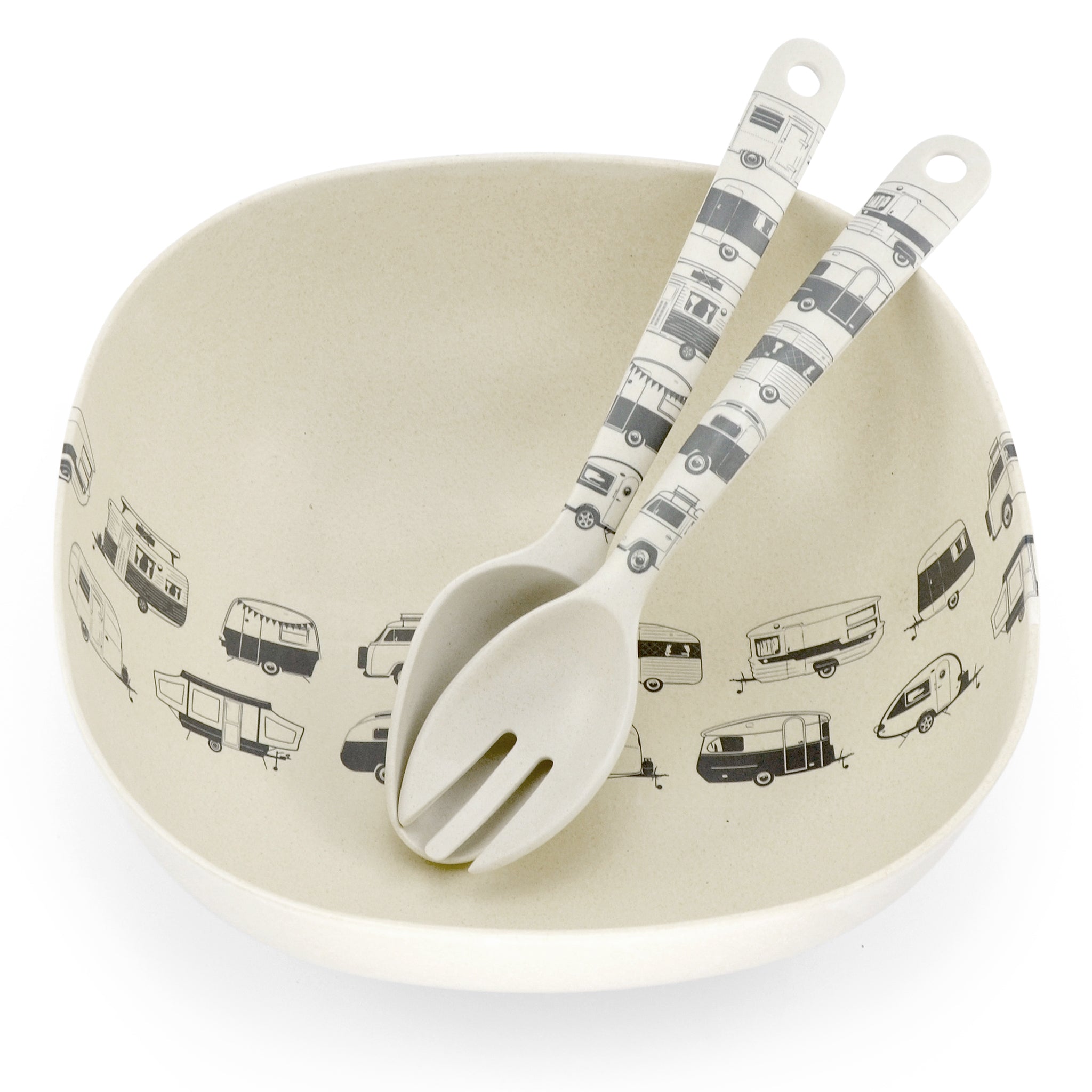

The History of the Airstream
Airstream founder Wally Byam was born in Baker City, Oregon, USA in 1896. Growing up with his uncle on a sheep farm, the industrious Wally lived in a wooden wagon, which was equipped with a stove, food, water and a sleeping bag - everything he needed - and would later inspire the building of his first travel trailer.
Wally and his first wife Marion regularly went camping, but she didn’t like sleeping on the ground in a tent, so Wally constructed a tent on top of a Ford Model T chassis. Although it did the job, it was tedious to erect, so he replaced the tent with a teardrop-shaped shelter. Essentially, the very first Airstream trailer was born right there and then. With sleeping space, an ice chest and a stove, other travellers began admiring his trailer, and Wally decided that this business might be “a pretty good business to get into”. He wasn’t wrong!
He began building travel trailers from plywood and Masonite, but later replaced these materials with riveted, unpainted aluminium, which became the Airstream’s most distinctive feature. Soon, people commissioned Wally to build trailers for them, until demand for the trailers was big enough for him to eventually open a small factory in California.
The company that would become ‘Airstream’ was founded in 1931. He decided to call his trailers ‘Airstreams”, after the way they moved “like a stream of air” along the road. Recognisable for their rounded ‘sausage’ shape and shiny silver exterior, this design cut down on wind resistance, improving fuel efficiency.
The Torpedo Car Cruiser was a small, portable camper that any car could tow, and was the first factory-produced Airstream model. By early 1932, there were more than 1,000 of them on the road. This model was soon joined by the Silver Bullet and Silver Cloud, but it’s the Torpedo that is the predecessor of every Airstream you see today. The Clipper model followed in 1936, named after the first trans-Atlantic seaplane. It slept four, was fitted with electricity, carried its own water supply and cost $1,200 (a lot of money at the time!).
Out of the 400 travel trailer businesses operating at the time, Airstream was the sole survivor of the Depression. During World War II, travel became a luxury not many could afford, but when the war ended, the economy skyrocketed, and travel boomed once again. Airstream was back in business in 1948.


Many more trailer models followed, and in the late 1950’s, Airstream purchased land in Jackson Center, Ohio, and built the trailer manufacturing plant that is still in operation today.
After battling cancer, Wally Byam passed away in July 1962. He left behind a company that was at its peak, his employees working hard to continue their dynamic, visionary leader’s dream of allowing people to be adventurous and experience the world first-hand in an Airstream.
Since Wally’s death, Airstream has gone through periods of great prosperity and also periods of hardship. But when new ownership arrived in the 1980’s, Airstream became stable again and launched a new era of success that continues to this day. With the ‘silver bullet’ now recognised as a retro icon, they’re most definitely here to stay. Just ask the ‘Airstreamers’! But that’s a whole other story….
If you love caravans, then check out our amazing range of Caravan themed bamboo travel mugs, drinkware and tablewear which are guaranteed to brighten up your day!
For a more detailed history of these true American icons (and the Airstreamers…), click on the links below -
https://www.airstream.com/heritage/


